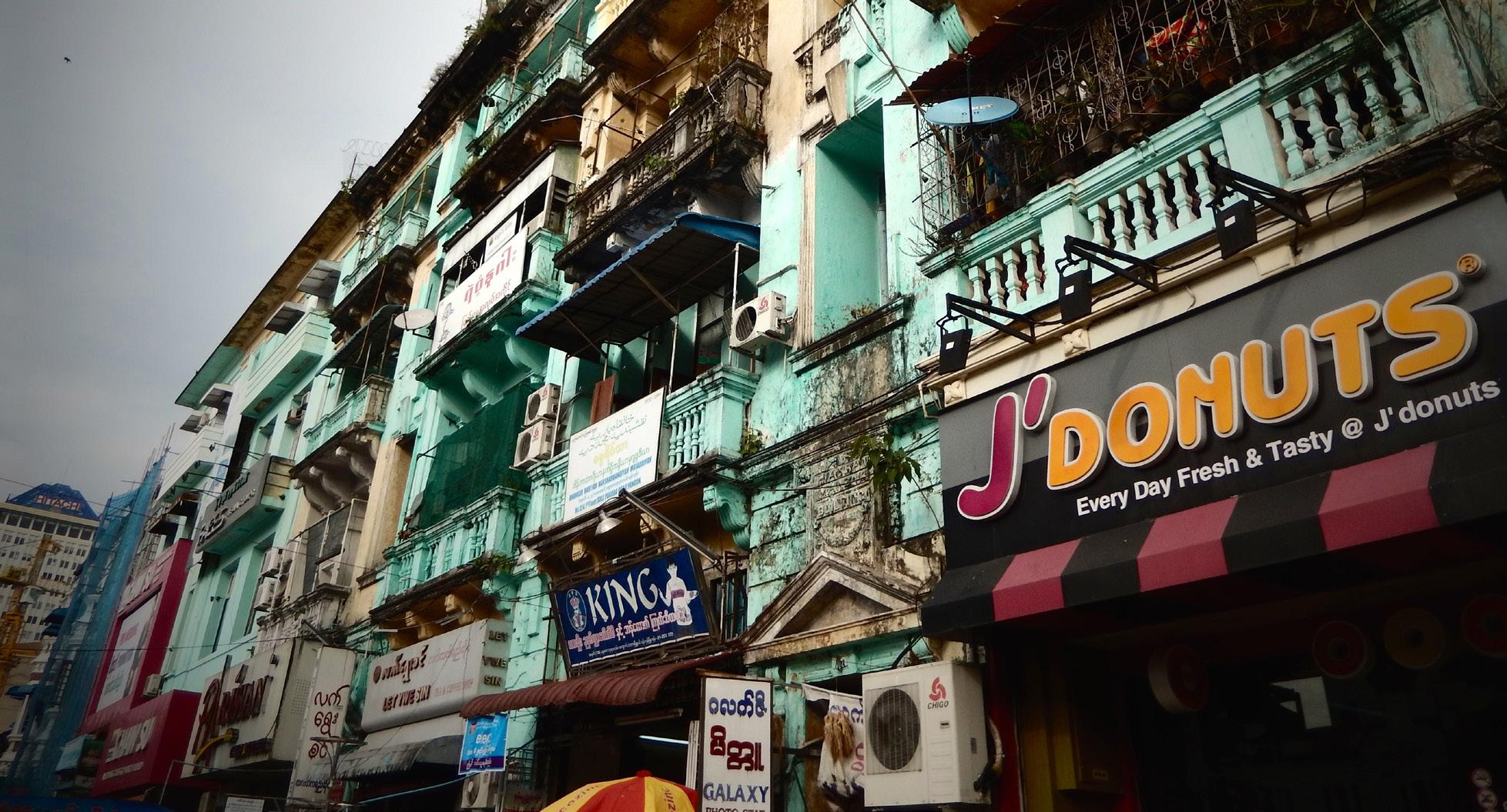
77 minute read
Conclusion
In its mission statement, YHT states that “the conservation of the city’s rich heritage plays a vital role in making Yangon one of the most livable and vibrant cities in Asia”. YHT advocates for heritage conservation, develops policy options to address this pursuit, undertakes conservation projects, facilitates training, and organizes studies and conferences related the conservation of Yangon (Yangon Heritage Trust, 2014). YHT’s understanding of heritage conservation takes into account the impact of different rates of change - in particular, sudden and substantial changes occur that can detrimentally impact existing communities. When change is undertaken with comprehensive participation at a pace determined as reasonable by an affected community, it can itself become part of the heritage of the community, and contribute to the area’s health and growth.
YHT’s work goes beyond advocating for the conservation of Yangon’s built heritage and the adoption of a comprehensive zoning plan for the CBD; its vision is to modernize the whole city while preserving its historic character, by focusing on both the physical environment as well as the social fabric of Yangon (The Economist 2014).
1.2. Goals
The goal of this report is to propose strategies that can be considered in planning for the development, heritage and future of Yangon’s CBD community that will preserve existing communities and their surrounding historic fabric through inclusive and integrated planning. These recommendations, presented as a elements of a
Image 4 - Apartment buildings with ground floor commercial spaces in Yangon’s CBD vision for a future Yangon, should be understood as suggestions that can be considered alongside other options as policy-making evolves in Yangon.
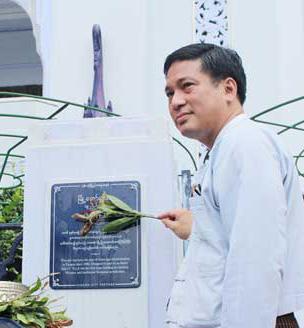
Image 5 - YHT director Thant Myint U
2. Perspectives & Assumptions
The team consists of students from across the globe who have been studying planning, historic preservation, law or international affairs in a western context. The team members are aware that they bring their own unique perspectives and assumptions, as influenced by their academic, professional and life experiences, to any research they approach and that the team’s shared perspectives informed both its research and its conclusions.
The team has defined certain of its key shared perspectives and assumptions, on conservation, displacement, participatory processes, and transparency, as follows.
YHT’s project to conserve the historic fabric of Yangon’s CBD provides a unique opportunity to illustrate how innovative conservation tools and strategies can be used not only for physical preservation but also community preservation, improvement and economic development. The mission of YHT - to advocate for heritage conservation as a contributing factor to livability - places the organization at the crossroads of conservation and community preservation in Yangon. YHT has the potential to make Yangon a regional model for how heritage conservation

Image 6 - The studio team at the Yangon Heritage Trust headquarters can be part of the larger toolbox with which communities can be preserved and cities can evolve to suit their own local needs. The following are a series of ways in which the studio team believes conservation principles can be applied to benefit the people and place that constitute Yangon’s CBD and beyond.
2.1.1. Promoting livability through heritage conservation
Heritage conservation has the potential to positively impact quality of life and livability when included as part of a comprehensive plan that recognizes and values the connection between
people and place. Through involving communities in the planning process, heritage conservation can improve resident engagement, while ensuring that community values and concerns are addressed by new policy.
Heritage conservation can be used to provide a degree of tangible security to communities undergoing significant change. For example, targeted conservation efforts can be used to prevent the sudden loss of features vital to community life: parks and open spaces, public buildings, landmarks, and streetscapes. In cases where communities contain under-utilized buildings or buildings that require structural and/or aesthetic improvement, heritage conservation is a valuable process through
Image 7 - An outdoor food market in greater Yangon which appropriate and creative new uses can be found without requiring excessive expense and dramatic interventions.
2.1.2. Using heritage conservation as a tool for community preservation
Contemporary heritage conservation goes beyond preserving the bricks and mortar of structures, and is centered on understanding the important role that built heritage plays in contributing to sustainable and unique environments. Central to the vitality of any historic urban landscape are the people and communities that occupy it. Heritage conservation cannot be separated from the communities within which
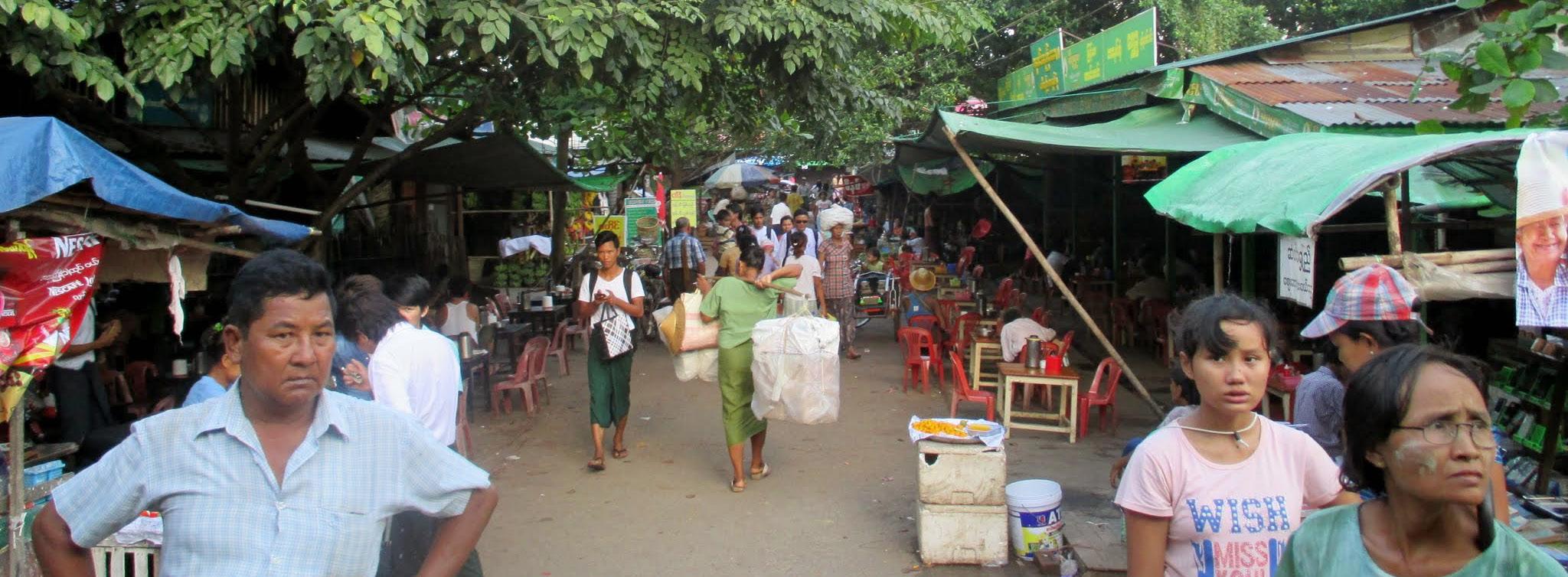
it operates. Throughout the globe, policies and regulations relating to conservation are increasingly incorporating community engagement into the conservation process - a recognition that values and personal significance attributed to an area extend beyond architectural style and building age.
When effectively implemented, heritage conservation can be a means with which communities located in historic areas can realize economic, social and environmental benefits. In the United States, heritage conservation is increasingly recognized as both a tool to spur economic development as well as a strategy for strengthening existing communities (Rypkema et al. 2011, 1). For example, the National Main Street program - run
by the National Trust for Historic Preservation - connects heritage conservation with community preservation and economic development. Relying upon minimal public sector funding, the program helps communities realize the economic benefits of conserving their historic fabric by providing access to expert information on available tax credits, grants, and loans, encouraging local hiring when undertaking restoration projects, pooling community resources to fund mutually beneficial projects, and catalyzing increases in property values through these improvements (Rypkema et al. 2011, 26). Providing such benefits can promote a sense of community stewardship amongst residents, encouraging businesses and residents to remain invested in the long-term maintenance of the project area.
2.1.3. Conserving the historic urban landscape to support sustainable development
The team understands heritage conservation to encompass the protection of historic buildings and landscapes of value as defined by a community, as well as the adaptation of these assets to fit contemporary needs. Heritage conservation is often regulated through public policy, and is supported and enhanced by advocacy groups and private interests. It can be an integral part of sustainable development with benefits that go beyond the aesthetic, historic and cultural values.
Research on the economic and public benefits of heritage conservation supports the claim that it is a powerful tool in sustaining local economies, creating jobs and promoting revitalization while generating capital. It can promote development on a human scale, enhance visual interest, and improve a city’s livability. When rapid modernization and urbanization occurs in historic cities it is often accompanied by ‘intensification’ of markets of historic city centers, and the displacement of existing communities. This often results in the loss of local distinctive traits that make a city liveable and desirable (Rama 2012, 16). The conservation of the urban landscape is a tool that can be used to control this process and regulate appropriate change.
Physical qualities: Historic urban landscapes contain a very distinct built fabric, offering opportunities generally absent from newer developments (Rypkema 2012, 25). These areas contain buildings and amenities constructed on a ‘human scale’; dense, low-scale construction, with a high level of walkability, and diverse uses that serve the local community. Due to the gradual accumulation of buildings within historic districts, these areas can offer a diverse range of housing opportunities (both in size and affordability) with sought after passive design features such as natural lighting and ventilation.
Local economy: Historic buildings often provide space for a wide range of services fostering diverse local commerce and services. They serve as

Image 8 - A facade restoration project on Sule Pagoda Road in Yangon’s CBD
natural incubators for small-scale local businesses due to their smaller sizes and relative affordability when compared to new construction. In addition, historic city centers differentiate themselves from their competitors through their unique built fabric, and often use the attributes arising from this fabric to attract foreign investment and further boost the local economy (O’Brien 2012, 13).
Jobs: Conservation is a labor intensive process that can support job creation, trade, and skill growth. When comparing the cost of new construction and conservation, conservation labor costs are 1015% higher, producing more and higher paying jobs, with decreased material and import costs. In addition, heritage conservation provides more jobs than new construction; in Europe, conservation provides 16.5% more jobs than new construction (Rypkema 2008).
Environment: Historic buildings are physical assets with value that can be understood in future and past investments; the ‘embodied energy’ - the resources that went into the construction of the building - is often cited as a reason to preserve rather than build new. The conservation of historic urban landscapes can reduce construction waste arising from demolition, as well as the use of scarce natural resources, and material costs associated with new construction.
Heritage tourism: Historic urban landscapes are magnets for tourists seeking to experience foreign cultures; the historic assets that contribute to creating a sense of place and support cultural expression are not reproducible (Nijkamp 2012, 79). Tourism is an important source of revenue for cities all over the world, and it is an industry that generates opportunities for local communities.

Image 9 - View from Maha Bandula Park and the Independence Monument in Yangon’s CBD Once the distinctiveness and heritage assets of a place are lost, due to development or misguided planning, they can be difficult if not impossible to recover (O’Brien 2012, 8).
2. 2. Displacement of community residents must be considered in heritage conservation planning
Broadly speaking, displacement refers to the process of something being moved involuntarily from its place or position. When this concept is used in discussions of planning, policy, or law the subjects of concern are generally different populations: people, families, households, businesses, or communities. Displacement may also refer to uses, activities, and cultures. Any kind of community change - regardless of the intention - may cause displacement and the
displacement impact of change must be assessed to make informed decisions about what kind of change should occur.
The strategies and recommendations set forth in this report are derived from an examination of factors that contribute to displacement. They propose measures for managing development and change in the downtown that will mitigate displacement as much as possible. Granting strong protections on occupancy rights of existing populations or strict regulation of real estate markets may limit or complicate the full economic potential of land development and create a slower or more incremental development process. However, the perspective of the studio team is that mitigating displacement -- by preserving and improving quality of life for existing residents, retaining the unity of families and social networks, and retaining accessible and affordable amenities and housing — must be prioritized.
The team also believes that one key to mitigating displacement in a community experiencing change and development pressure is to seek solutions that will benefit more than one interest group - prioritizing residents, creating amenable opportunities for developers, and proposing feasible projects appropriate for the capacity levels of the government. This report culminates in what the team believes is such a solution: a broad and inclusive definition of conservation as a viable, progressive and comprehensive antidote to displacement - one that prioritizes resident’s values and needs by improving their quality of life, bringing beneficial change to their communities in
Image 10 - Apartment buildings across from the YCDC headquarters in Yangon’s City Hall
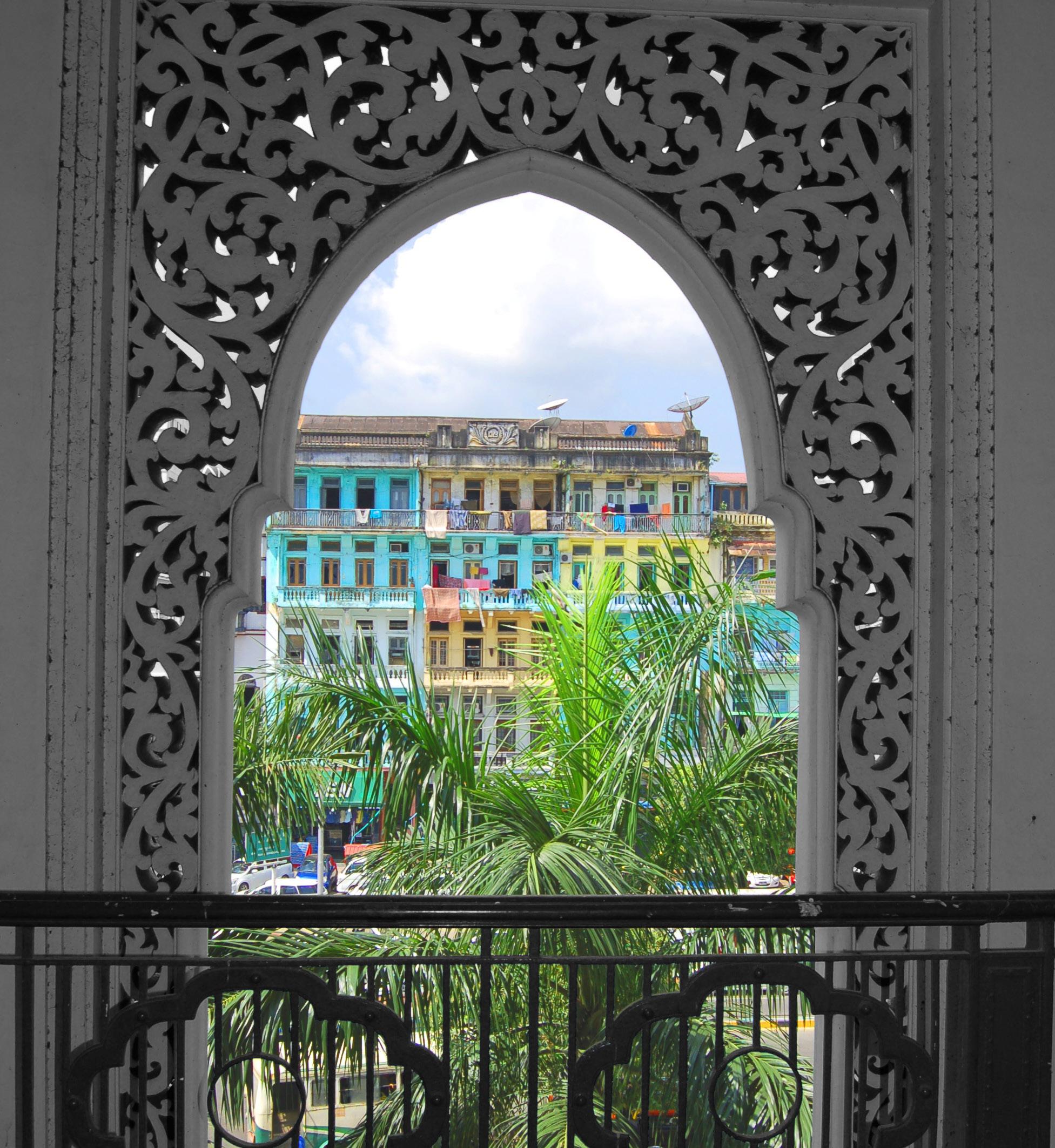
Image 11 - The former British Tax Office in Yangon’s CBD

the form of economic opportunities, improved quality of housing, and controlled opportunities for investment.
2. 3. Community participation in planning is essential
Participatory processes and community engagement are essential for assuring that Yangon’s future growth serves all its constituents, and are emphasized as necessary components of project and policy development throughout this report. Myanmar has experienced unprecedented change in political, social and economic realms in the past few years, however, this change has occurred with little direct input from citizens. In fact, the people of Yangon, and Myanmar as a whole, have long been discouraged from speaking out on public policy issues. For this reason, the team understands that encouraging community engagement and increased participatory processes will be a challenge.
In the planning and preservation context, participation refers to the meaningful involvement of citizens and stakeholders in decision-making processes that impact themselves and their community. Participatory processes give the communities a role in their own future by allowing them to define their vision for the physical, social and economic development of their city. Sharing information with residents and stakeholders and including their views in decision-making results in more successful development that benefits the community as a whole and gives community
members a direct stake in the outcome of planning efforts. This process both improves the impact a potential intervention can have on a society and reduces the negative impacts that can occur when the needs of the people are ignored. The participation of Yangon’s local residents and communities will be a key factor in the city’s success in ensuring the long term preservation of the heritage, both of people and place, of the CBD.
2. 4. Decision-making must be transparent
Transparency refers to the availability of information to the public on decisions and actions made by the government. In present-day Myanmar, levels of transparency in government and decisionmaking processes remain low. Similarly, economic, demographic and other data relevant to planning is not made available. The lack of reliable information regarding the current and past conditions of the region’s politics, demographics, government and economy hampers effective research and had a limiting effect on the scope of recommendations that could be made in this report.
Transparency is a central principle of good governance and democracy. Transparent decisionmaking is critical for the functioning of an open economy and enables individuals to assert their autonomy and make informed decisions based on reliable and accurate information on their rights and their community. Transparency promotes government accountability by requiring decisions and actions made by government to be open to public scrutiny. Ensuring transparency in decision-
Image 12 - A sit-in protest against land-takings in Yangon’s CBD
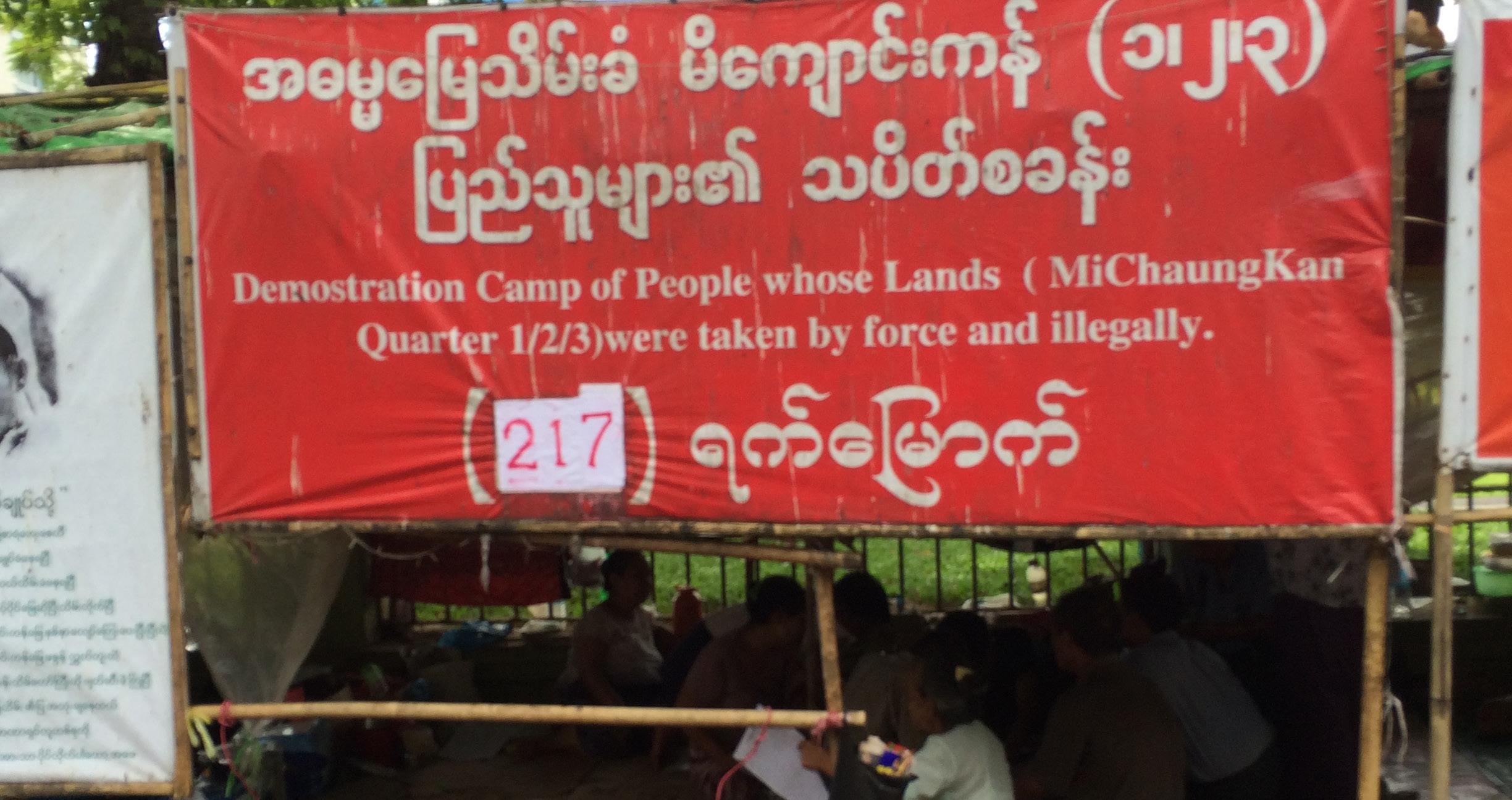
Image 13 - A focus group session during the symposium held by the studio team while in Yangon

Image 14 - Residents enjoy the fountain at Maha Bandula Park in Yangon’s CBD
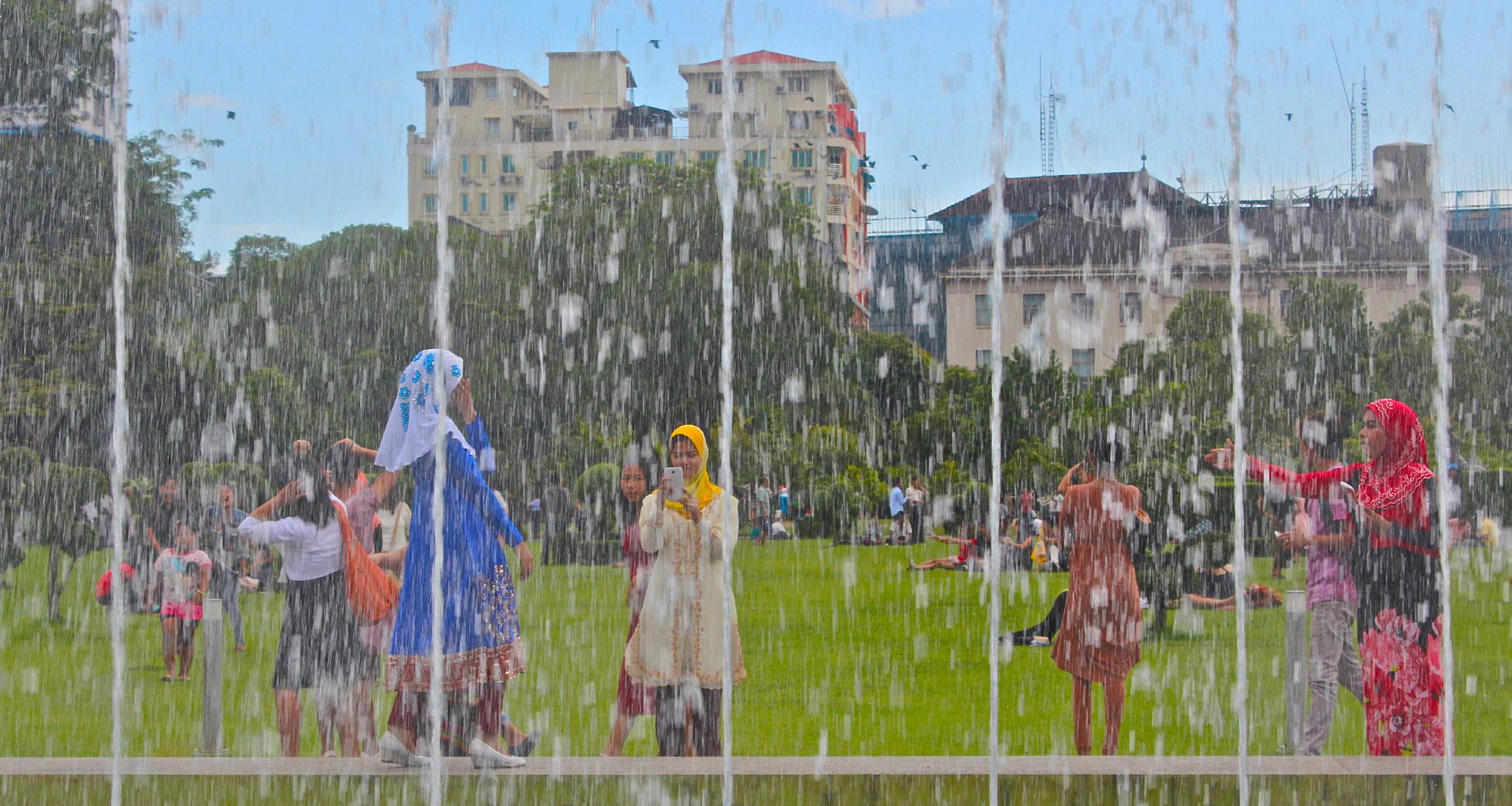
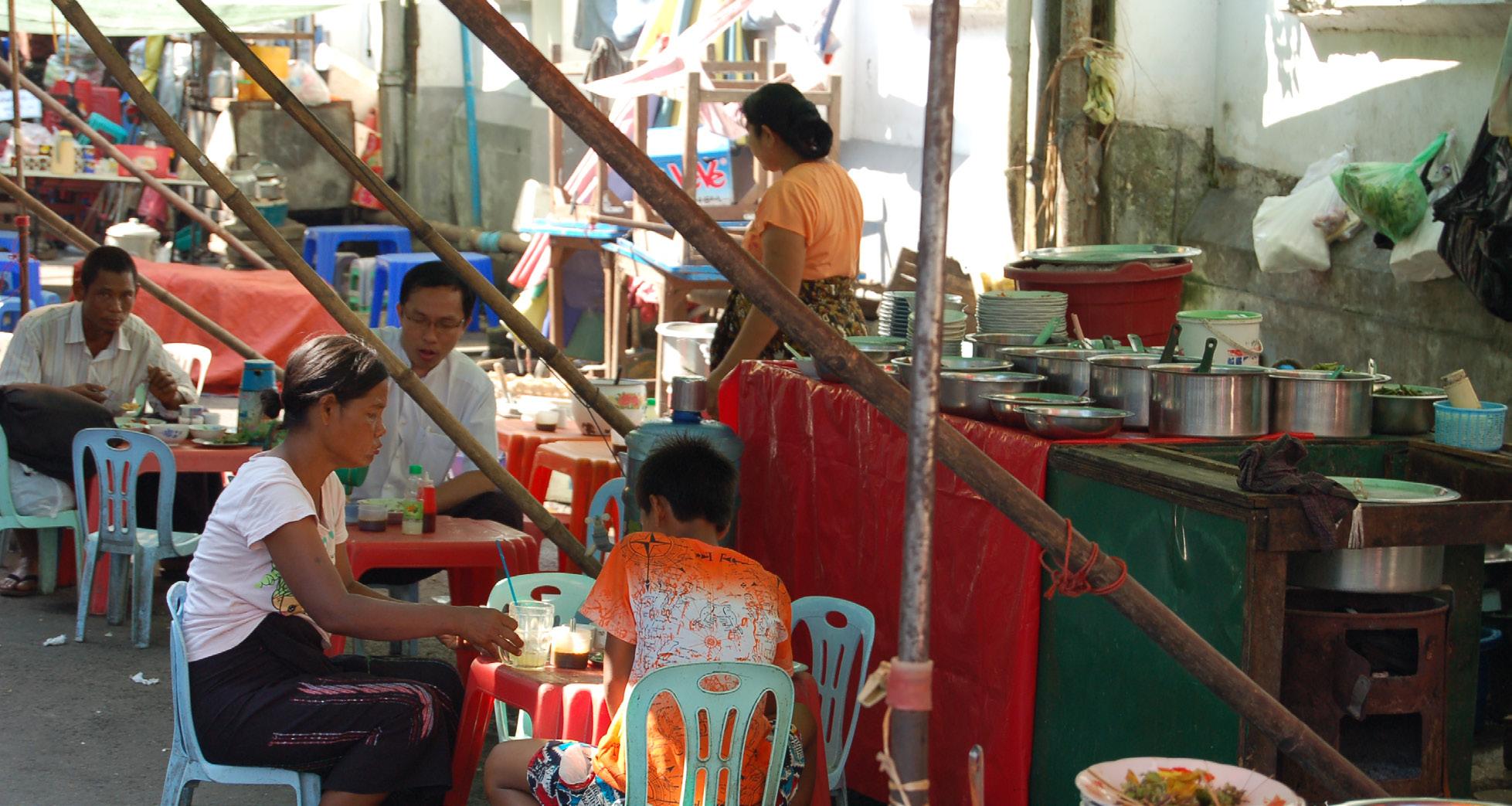
Image 15 - A typical outdoor eating area around street food vendors in Yangon’s CBD making is a government’s responsibility: it must make information clear enough to understand and accessible to the general public. their city. Sharing information with residents and stakeholders and including their views in decision-making results in more successful development that benefits the community as a whole and gives community members a direct stake in the outcome of planning efforts. This process both improves the impact a potential intervention can have on a society and reduces the negative impacts that can occur when the needs of the people are ignored. The participation of Yangon’s local residents and communities will be a key factor in the city’s success in ensuring the long term preservation of the heritage, both of people and place, of the CBD.
3. Methodology
3.1. Approach
The team approached this project by first studying available literature on the politics, economics, history, built environment and culture of Yangon and Myanmar. This information was supplemented with informal lectures given by experts on Myanmar to gain a preliminary understanding of the current physical character and socioeconomic conditions of Yangon.
Subsequently, the team compiled international case studies of cities around the globe where development threatened to displace residents and compromise community heritage. The findings from these case studies were used to develop the ‘factors contributing to displacement’ framework presented in this report. These case studies are available in full in Appendix B.
The team completed a site visit in Yangon in October, 2014 to consult with YHT and observe the CBD environment. While there, the team conducted on-street interviews with residents of the CBD in order to get a qualitative, first-hand understanding of the issues faced by the community. In order to gather information and feedback from local experts, the team also held a symposium at the Association of Myanmar Architects, where the case studies and preliminary research were presented. At the end of the symposium, the audience - composed of local policymakers, NGOs, heritage professionals, students, and the general public - was divided up into focus groups and the research findings were discussed.
These qualitative methods - interviews and focus groups - were selected partly to compensate for the relative lack of reliable quantitative data available with respect to the built environment of Yangon. Additionally, given the studio’s core questions of heritage conservation and resident displacement, the use of qualitative methods to gather a more granular, richer picture of everyday life on the ground compared to quantitative data seemed appropriate. The team determined that qualitative data would also provide a more
meaningful platform for future academic research.
3.2. Limitations
The team identified a number of limitations in the course of compiling this report. Some of the limitations were identified at the outset of the project; others became evident through the course of research, fieldwork and analysis. In some cases, these limitations have hindered the team’s ability to compile quantifiable data that could support or provide context to our research assumptions.

Image 16 - The studio team during the symposium presentation held in Yangon
Data: The lack of reliable demographic and geospatial data posed a challenge in compiling background information on the city of Yangon. Without a great deal of reliable data, it was somewhat difficult to derive quantifiable conclusions about the city’s built environment. This was especially true with respect to Yangon’s land use patterns, socio-economic conditions, housing stock, and other issues related to heritage conservation. For instance, the lack of robust geospatial data prevented the most relevant types of quantitative geospatial analysis from being performed.
Language: Language limitations posed a challenge in the fieldwork and symposium components of this project. No members of the studio team speak Burmese. Translation and interpretation was provided by the studio teaching assistant (Zaw Lin Myat) while in New York, and by the YU students while in Yangon undertaking fieldwork.
Time and distance: The team conducted a single site visit in Yangon between October 24 and November 1st of 2014. As it was an academic studio project, the timeframe for completing this project (September - December 2014) as well as the expense of travel, prevented a longer site visit or additional site visits, and restricted the amount of time that could be devoted to data collection and research.
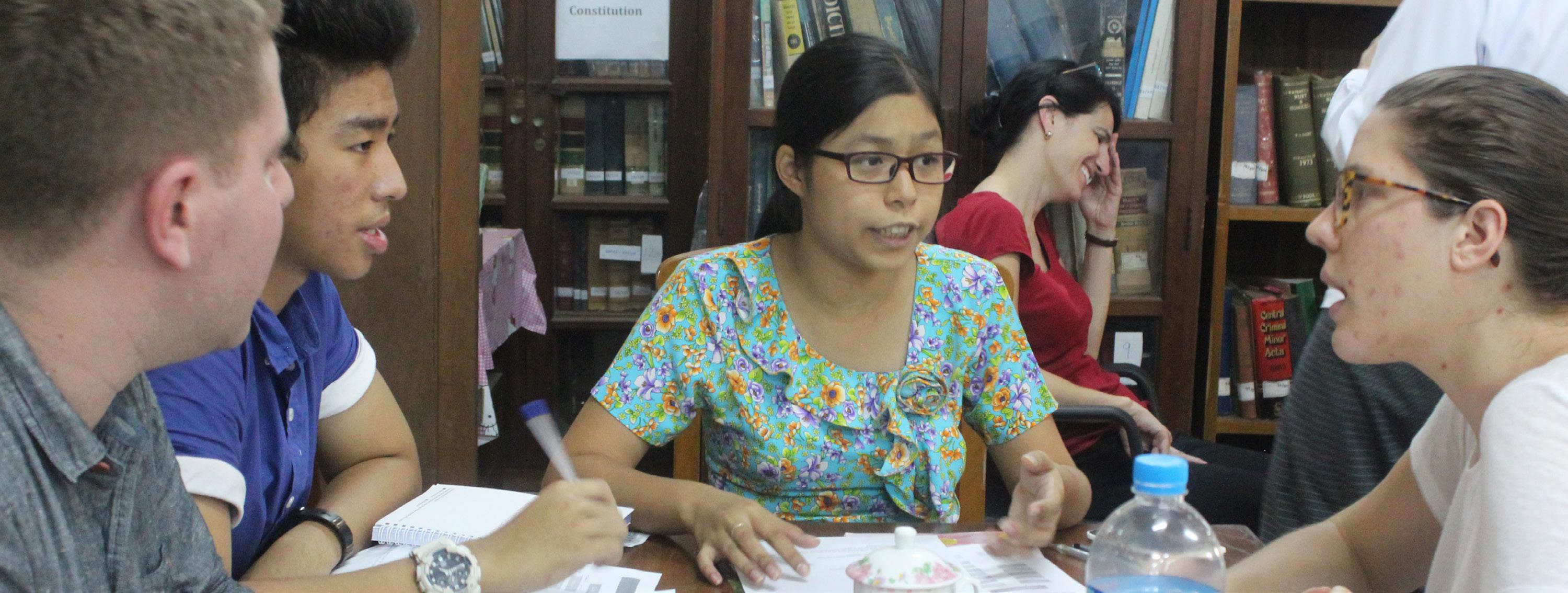
Image 17 - Studio team members and Yangon University Law students work together to develop street survey questions
4. Background
India Bengladesh
Myanmar
Yangon China
Vietnam
Laos
Thailand
Cambodia
CBD Area
Yangon River
4.1. The Character of Yangon
4.1.1. History
The river delta on which Yangon is built was occupied by a Buddhist fishing village for almost two thousand years prior to the development of the modern city. Since the seventeenth century, successive governments have filled in marshlands with urban development in order to expand the city (JICA 2013, 135-136). Great Britain seized Yangon from the Kanbaung dynasty after the Second Anglo-Burmese War in 1852. The British government’s earliest impact on the CBD was the implementation of the street grid system, the subsequent construction of numerous municipal and commercial buildings, and a significant influx of foreign, working-class immigrants, primarily from India and China (JICA, 2013, 183).
After nearly a century of foreign rule, Myanmar (then the Union of Burma) achieved independence from Britain in 1948, with U Nu sworn in as the newly-independent country’s first prime minister. During the 1950s, Yangon experienced its largest ever in-migration, largely due to modernization and rural poverty. This led to overcrowding in the CBD and construction of dense, informal settlements around the periphery (JICA, 2013, 137-138).
The parliamentary government was overthrown in a 1962 military coup led by the Burma Socialist Programme Party (BSPP). During the ensuing forty-six years of one-party rule, the historic fabric of the CBD was inadvertently preserved through significant neglect and lack of investment.
Image 18 - Traditional boats on the Irrawaddy River at the Port of Yangon
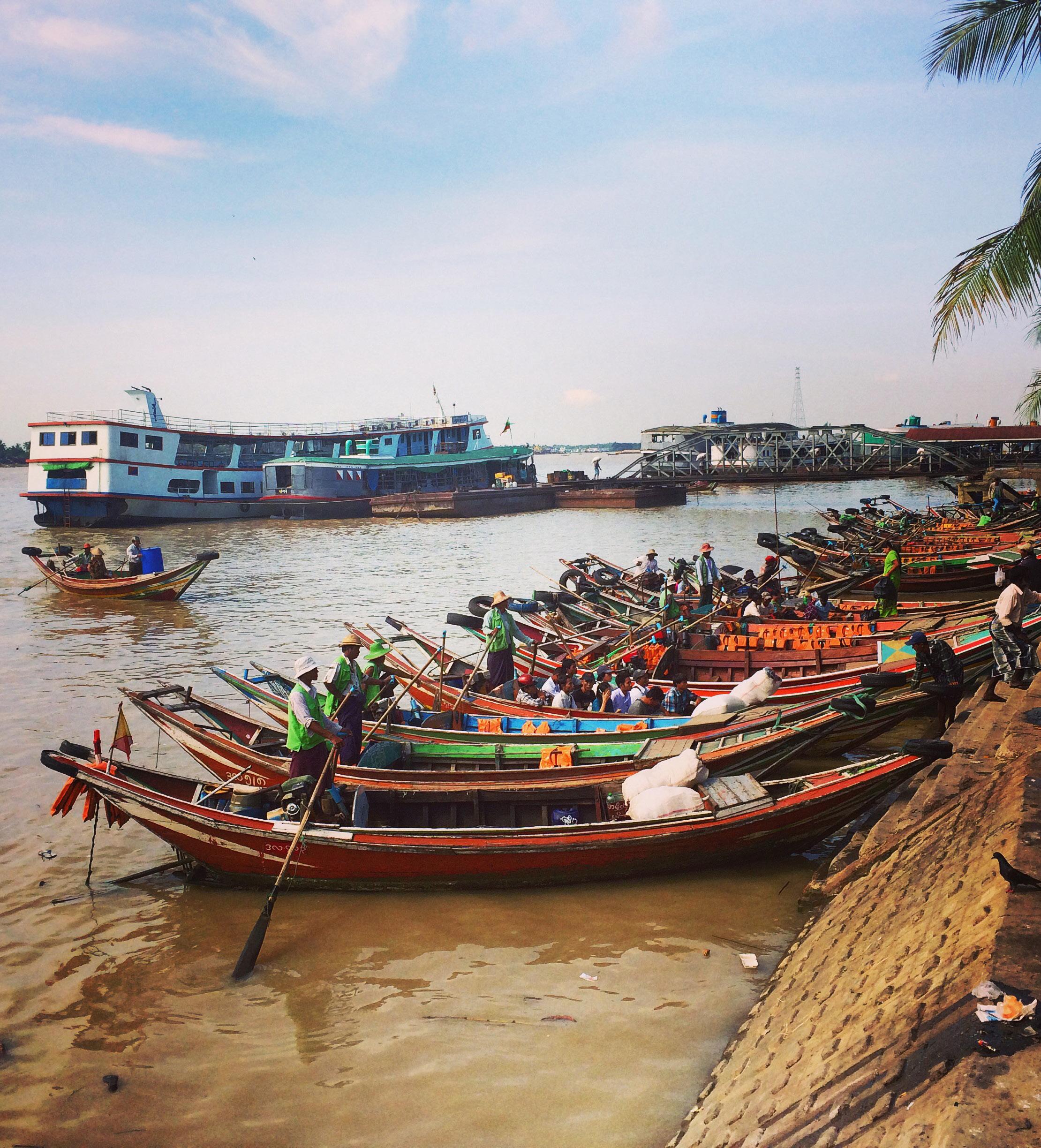
Population growth also stalled during this period. Difficulties in achieving residency status within the city, a lack of job opportunities, poverty and inadequate education deterred new residents from moving to the urban center (Than Nwe 1998, 104). Over time, many of the social and religious institutions that served minority communities during the colonial period were shuttered. In 1988, control of the Burmese government transferred from the BSPP to the State Law and Order Restoration Council (SLORC). A military entity, SLORC introduced a variety of modern reforms
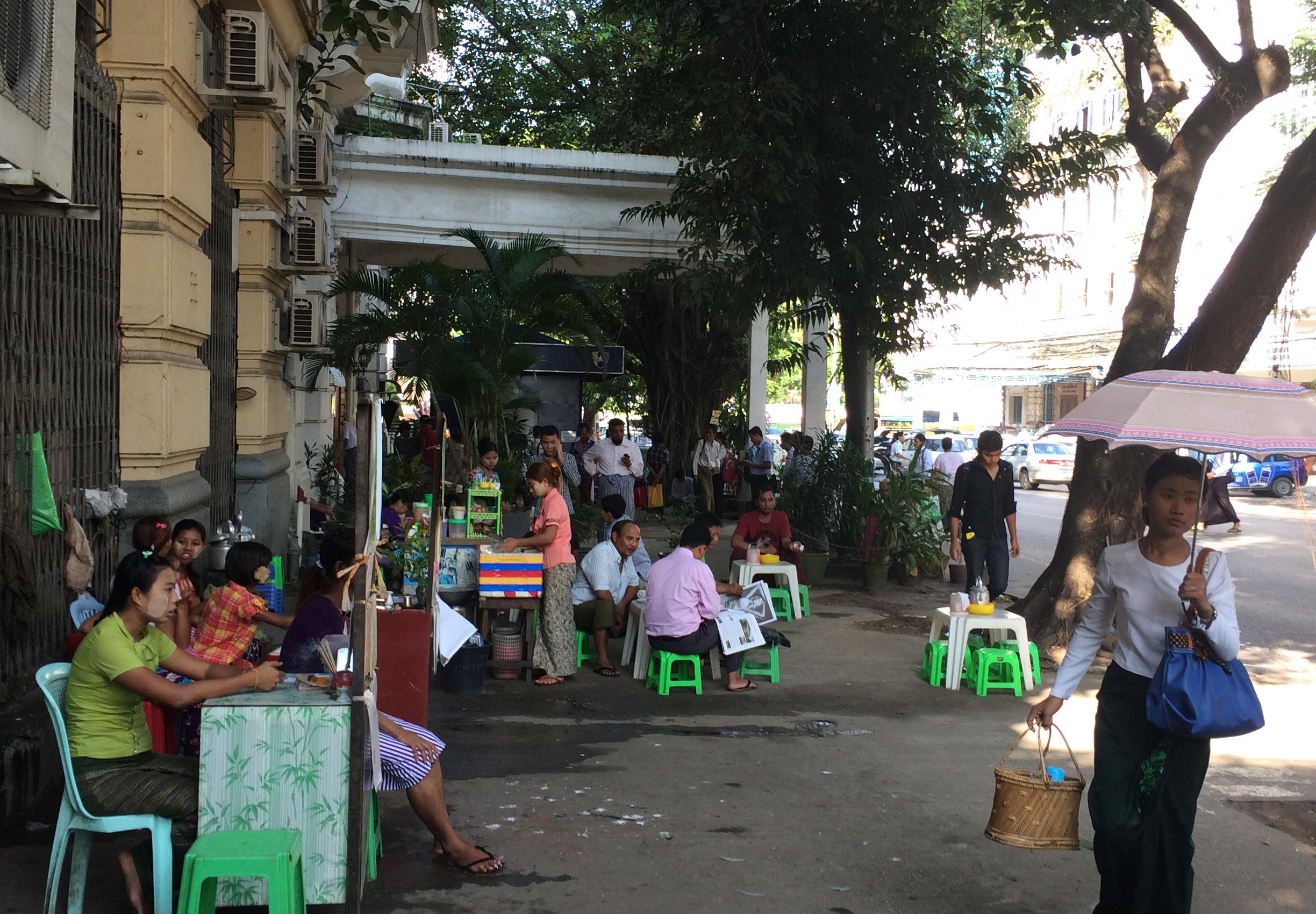
Image 19 - Typical street life in Yangon’s CBD checked by military control. It established Yangon City Development Company (YCDC) to address urban planning in Yangon’s twentyone townships (Seekins 2005, 254, 265).
Today, both the British and recent military legacies are evident in Yangon. Ancient pagodas and nineteenth-century halls are many of the city’s most prominent structures, while careful yet opaque economic and social controls influence the city’s planning.
4.1.2. Demographics and Socioeconomic Conditions
Yangon is located within a geopolitical region of the country known as “Lower Myanmar,” which holds the majority of Myanmar’s population and is primarily ethnically Burmese. According to a recent survey, the ethnicity of the majority (90%) of all respondent households in Yangon is Burmese (JICA, 2013, 396). The majority of Yangon’s residents are practicing Buddhists, yet Yangon is considered a relative melting pot in Myanmar. The largest minority groups from the Union of Myanmar are Karen and Rakhine, while the CBD also has large minority populations of Chinese and Indian descent. Institutions which serve these communities (mosques, churches) can be found within the CBD.
Gender Disparities: Compared to advanced democracies, the Myanmar legal system affords relatively few rights to women, and gender disparities in Myanmar society remain severe. Labor force participation is unequal between men and women, with about 75% employment among men and 43% among women . Sexual harassment in the workplace is not addressed in any Myanmar law. Myanmar was ranked 96th of 146 countries in the Gender Inequality Index (JICA, 2013, 121).
Tenure Security: Over 90% of Yangon residents reported having “security of tenure” in a JICA survey; however this terminology refers to the permanence of the physical structure of their homes and not the legality/formality of ownership of their residence (JICA, 2013, 415). Further research - above and beyond the survey data collected in this report - is
needed to illuminate or clarify the security of tenure for downtown Yangon residents.
Poverty: According to Myanmar’s national poverty threshold (approximately $3 USD per day), 8.1% of greater Yangon’s population lives in poverty. In some urban townships, however, the poverty rate is as high as 20% (JICA, 2013, 77). These figures should be interpreted cautiously, however, since they do not consider variations in the local cost of living.
4.1.3. Infrastructure & Service
Overall access to basic services in Yangon is extremely poor. There does not appear to be disaggregated data reflecting how Yangon’s CBD functions compared to the rest of the city. Yangon’s electricity consumption is estimated to be increasing 15% annually. Fluctuating voltage levels, poor transmission line networks, and supply shortages are recurring problems. Publicly supplied water is available to between 75 -100 % of households in the CBD, compared to 37% citywide (Khaing, 2006, 241). Solid waste treatment is privatized in the CBD and provided by YCDC in outlying areas. Sewage infrastructure in the CBD was installed in the 1800s to serve a population of 40,000 people; the current population of the district is around 350,000, and is in great need of updating. The CBD has the city’s highest rate of internet connectivity (30-50% of residents) and mobile phone use (5070% of residents) in the city (JICA 2013, 382). Mobile phone use was growing rapidly as of 2014 because the government contracted for development of new telecommunications infrastructure. Access to Basic Urban Services in Yangon Region
Electricity Piped water supply Sewerage Sludge Removal Solic Waste Removal Toilet
Source, JICA, 2013, 114
88% 37-40% 43% 49% 72% 99%
Regarding transportation, nearly 80% of Yangon residents depend on buses as their primary mode of transport, compared to just 6% who rely on cars and 3% who rely on rail (JICA, 2013, 228). Bus service, while heavily-used, is generally considered poor quality with inadequate service frequency and overcrowded vehicles. Rail service in the CBD, operated by Yangon Circular Railway, is also poor with long wait times and few intermodal connections. Most bus services are operated as public-private partnerships, whereby private operators lease routes from the government.
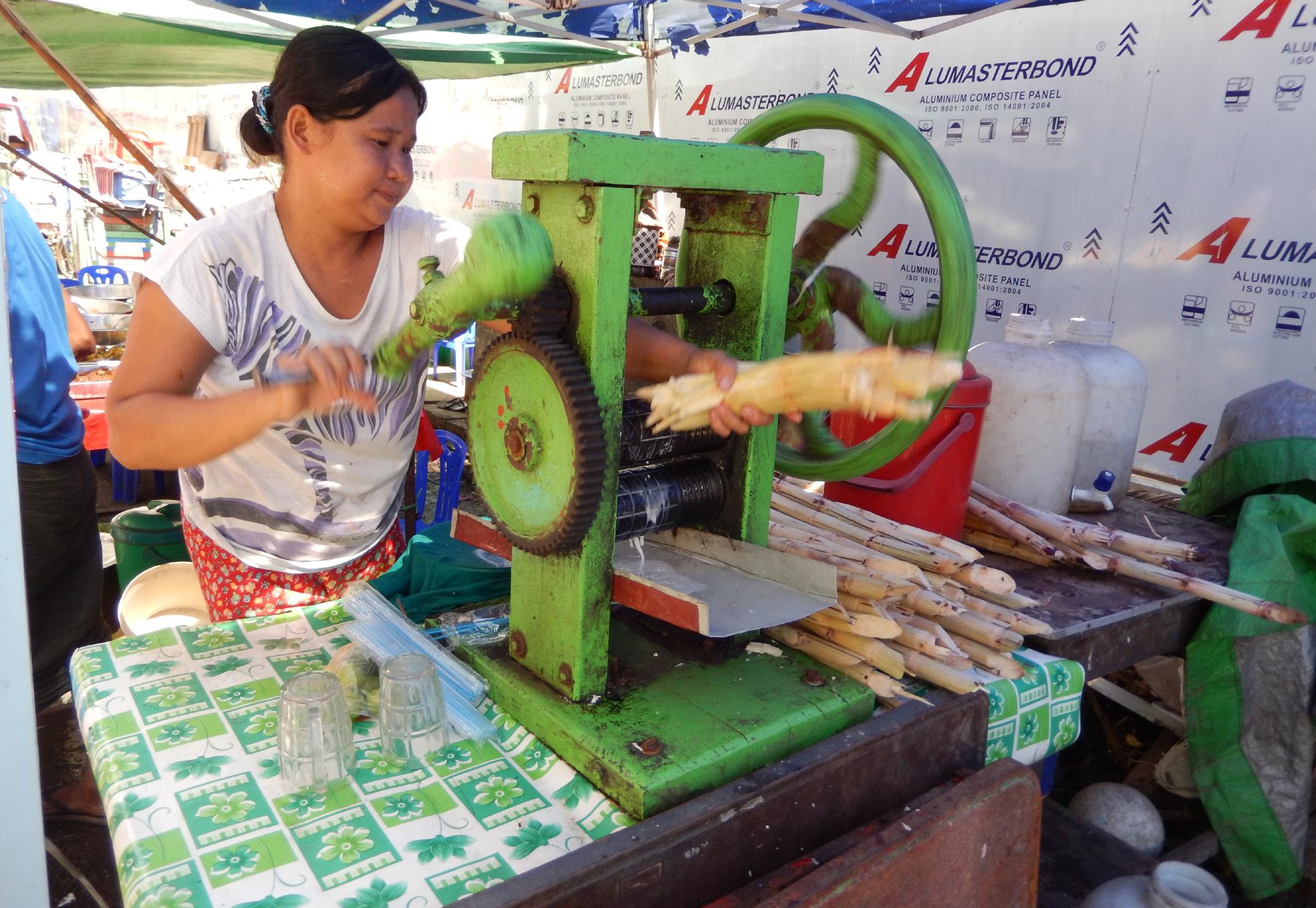
Image 20 - A street vendor selling sugar cane juice in Yangon’s CBD
Image 21 - Bustling markets and midday traffic congestion in Yangon’s CBD
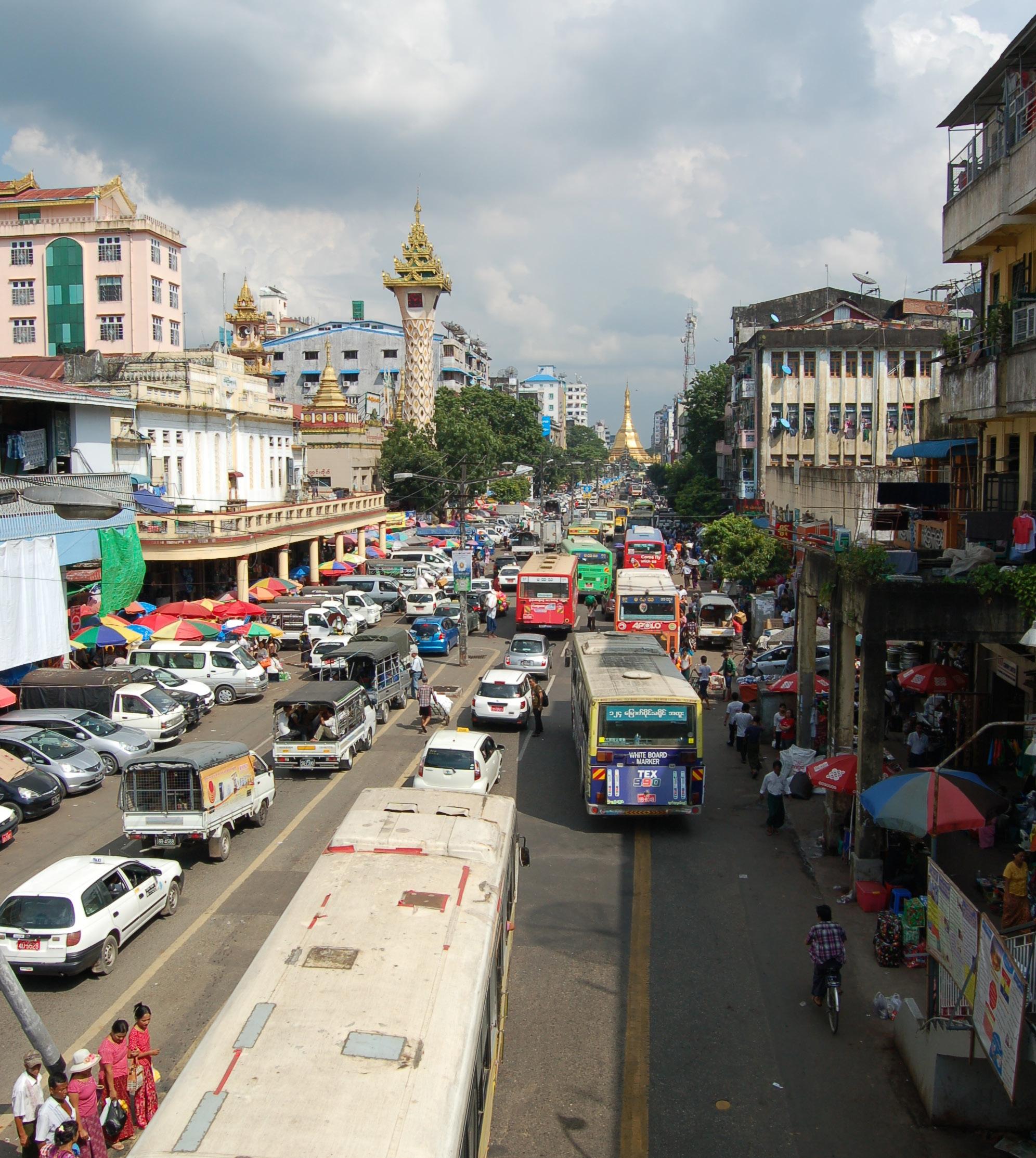
Approximately 40% of Yangon’s road network is constructed and operated by private companies, and scheduled to be transferred to public control after lease terms of forty years. Private automobile ownership is growing rapidly, especially among higher-income households.
Public open space is extremely scarce in Yangon. There is only 470 acres of open space available to serve the city’s 5 million residents. This amounts to 4 square feet per capita, compared to 312 square feet per capita in New York City.
Basic education in Myanmar includes five years of primary school, four years of middle school, and two years of high school (5-4-2 model). However, many of the urban poor send their children to monastic schools for free education. Monastic schools must follow the national curriculum guidelines in order to be accredited, but they receive no government assistance. There is a widespread shortage of teachers nationwide, resulting in a student-teach ratio of about 40:1 at the primary school level. It is suspected that CBD dwellers suffer from these shortages and access problems.
Both public and private healthcare providers operate in the city of Yangon. All service providers with more than five employees are required to provide health insurance for their employees, although the employer/employee contributions appear to be nominal (2.5% and 1.5% of respective costs) with the government picking up the majority of medical costs.
4.1.4. Economy
The microeconomy in Yangon has been based on local trade for decades, with a large working class that operates between formal and informal economies. This variability poses a challenge to tax collection and redistribution, which acts as a roadblock to development. Growing sectors of internet-based employment and tourism are potential areas of economic gain.
Although no longer the capital city, Yangon has maintained its role as the financial hub of Myanmar, with close to 60% of the country’s financial institutions based in the city (JICA 2013, 229). Recently, there has been growth in Yangon’s professional population, with the return of twentieth century diaspora populations and a renewed inmigration of Myanmar and foreign professionals into the urban area following half a century of relative stagnation. Yangon also accounts for 41% of Myanmar’s manufacturing output (JICA 2013, 226).
According to a 2012 study, the foreign direct investment (FDI) law of 1988 instigated notable investment in hotel/tourism (16.2% of total actual FDI – US $591 million) and real estate (2.75% of total actual FDI – US $100 million) between 1989-2000 (Bissinger 2012, 31-33). From 20002010, 9% of total actual FDI went to all other sectors combined outside of oil, gas and mining (Bissinger 2012, 31-34), however, hospitality and tourism was still the second highest largest investment sector in the country during this time. Since tourism in Burma is concentrated within a few areas, it is likely that this sector has created a significant number of jobs in downtown Yangon, though a concrete estimate has not been calculated. Tourism is likely to remain a significant employment sector.
Economic stagnation at the local level is related to top-down inefficiencies arising from Myanmar’s evolving political climate. Myanmar’s national economy has suffered from decades of economic mismanagement as well as recent natural disasters such as Cyclone Nargis in 2008. The Myanmar military controls the dominant share of the economic output through the system widely referred to as “cronyism,” whereby the military elite control almost all private property and business ventures. Such cronyism is further evidenced by countrywide Infrastructure deficiencies - highlighting the fact that revenues from recent investment have not been redistributed into public works but rather to individual’s pockets (Turnell 2011, 142).
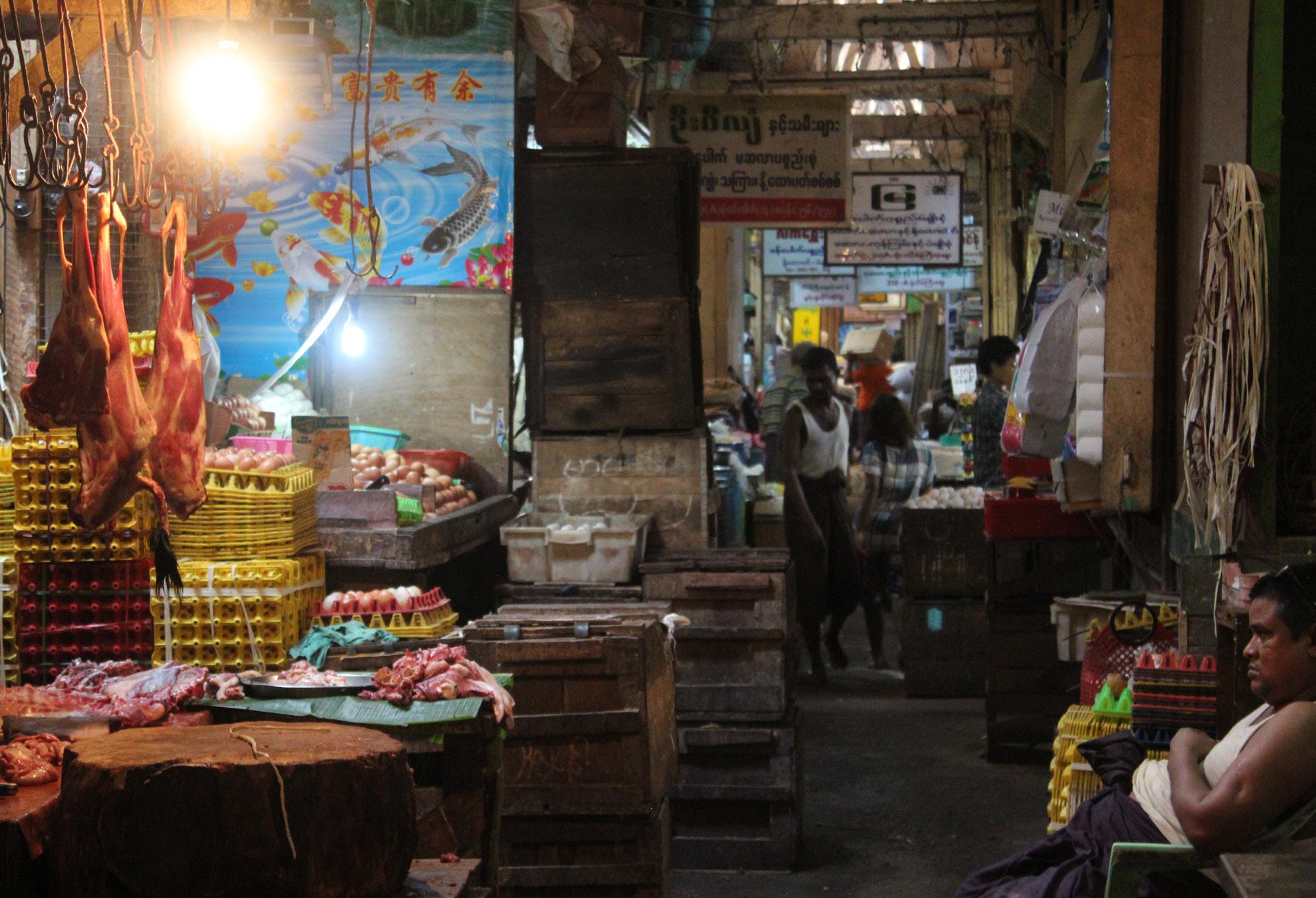
Image 22 - Fresh meat and eggs are sold in a neighborhood market in Yangon’s CBD
Map 2 - Transportation networks in Yangon
Yangon International Airport (RGN)
Inya Lake
Railway Station Bus Station
Ferry Terminal Airport Terminal Ferry Line Railway
Primary Roadway Secondary Roadway Tertiary Roadway Airport Yangon River
1 mile 5 miles Downtown Yangon Study Area
The only recent change that has had a significant impact on the way in which goods and services are produced and marketed in Myanmar is the proliferation of internet access and the growth of information technology (Kyi et al. 2000, 21). Yangon residents have begun to use the internet to buy and sell goods, and more importantly, to gain employment. However, the influence of the internet and mobile technologies is still hindered by a lack of government participation in the provision of education to citizens (Kyi et al. 2000, 21).
4.1.5. Urban Fabric
Yangon’s CBD encompasses seven Townships: Botahtaung, Kyauktada, Lanmadaw, Latha, Paebedan, Pazundaung and Seikkan (Su 2006, 143). The area is comprised of residential, commercial, business, cultural establishments and public spaces. The majority of buildings in this area are three to six stories tall with mixed-use residential and commercial functions. There are some more recent high-rise developments in the area, which generally contain hospitality and commercial uses. The CBD contains the highest population density in Myanmar, approximately 365.5 persons per acre. Multi-unit residential buildings are generally overcrowded and in poor condition (Su, 2006, 144).
Social, cultural and religious institutions are dispersed throughout the CBD. Religious buildings include temples, mosques, pagodas, monasteries and a synagogue (Su, 2006, 169). Street observation indicated that medical and educational facilities are also located within the district.
Generally speaking, commercial uses are mixed within residential districts in the CBD. Street shops typically sell electronics, jewelry, books, furniture, and art. Formal retail locations include services (banks, cinemas, medical services, etc.) and stores (supermarkets, convenience stores).
Yangon contains many colonial-era governmental buildings, however, they have generally been left vacant or under-utilized since the relocation of the capital to Nay Pyi Taw in 2005 (JICA 2013, 186). Many of these ex-ministerial buildings have been identified by Yangon Heritage Trust as important heritage assets that are at risk.
4.2. Economic & Political Transitions
Political change and policy reform is occurring within Myanmar, although a centralized militaryled government remains in place. These changes have led to the opening of Myanmar to private domestic and foreign investment and increasingly free elections. However, civilian conflict and poverty are still very much present throughout the country and politics are still tightly controlled by the central government. Experts expect further progression to be volatile as the regime continues to change or lose power (Kingsbury 2014, 351-
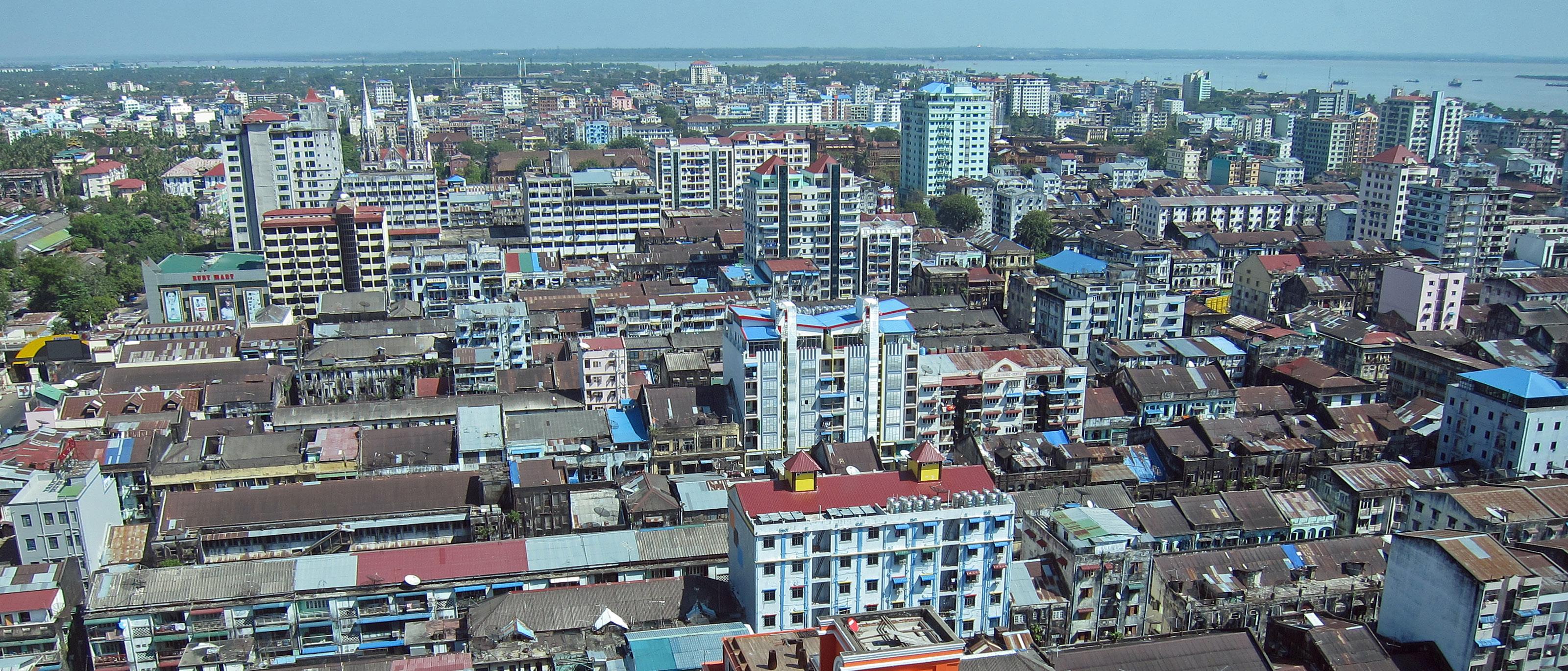
Image 23 - Varying building types and heights are found throughout Yangon’s CBD 356). Such political uncertainty can make longterm planning tenuous, as it is hard to project on the future without stability in politics and the economy. Planning efforts must take this dynamic into account for both short- and long-term agendas in the realm of human, land and property rights.
According to international media, one of the hallmarks of Myanmar’s foray into democratization has been a liberalization of foreign economic policy through increased pursuit of foreign direct investment (FDI) and an opening economic markets. Since the first Foreign Direct Investment Law was approved in 1988 there has been a heavy
international focus on investing in gas, oil and mining sectors in the country (Bissinger 2012, 27). Levels of investment have fluctuated since 1988, and decreases tend to be influenced by the same recurring factors: political, economic and/or legal instability, often instigating international sanctions; and major global financial events such as the Asian Financial Crisis (AFC) of 1997 and the Global Financial Crisis of 2008 (Bissinger 2012, 28).
In the post-1988 period, the economy was highly unstable. Skill development among the population was poor and informal economies grew - many of which are highly evident on the streets of Yangon today. Military spending outweighed all other public expenditures (including healthcare and education combined). Tax collection has typically been inconsistent, as has provision of public services (Turnell 2011, 140-142). During this time, the private investment sector declined, with strict regulations on commercial investment and banking creating barriers between investors and loans (Turnell 2011, 143-144).
However, a new foreign direct investment law in Myanmar was enacted in 2012, and significant shifts in the investment market are underway. This second major opening of the country to foreign direct investment appears more promising than the variable results from the 1988 reform. Observation of Yangon’s CBD indicates that the new foreign direct investment reforms are having an impact. Many of the streets in the CBD have visible evidence of development - building demolition, scaffolding and construction crews, indicating a growing potential to acquire financial backing for projects in the realm of conservation and development, and the growth of industry actors. At present, little analytical data has been produced to measure the effects of the 2012 foreign direct investment reforms, but past patterns of investment indicate that substantial foreign investment may await the outcome of the 2015 election. Investment in conservation and housing protection in Yangon’s immediate future will thus need to come largely from the public coffer and domestic funds.
4.3. Legal Infrastructure Concerning Heritage and Property Tenure/Ownership in Yangon, Myanmar
Other than a law protecting ancient monuments, there are not yet any heritage conservation laws or ordinances in Myanmar.
The legal status of land, property, and housing rights are complicated and politically sensitive in Myanmar. A lack of clarity about laws and legal status has been caused by the weak rule of law under
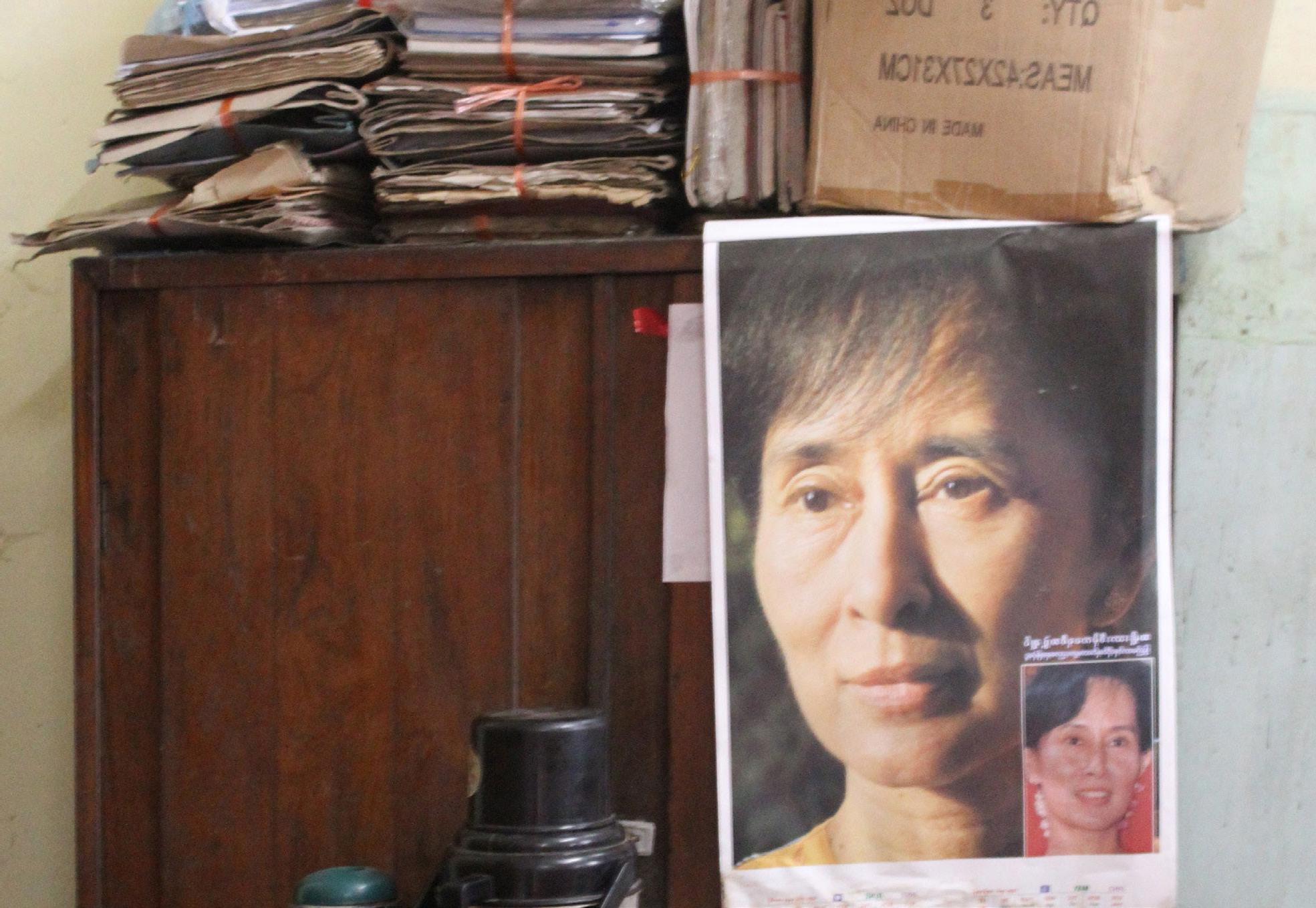
Image 24 - Leader of the National League for Democracy, Aung San Suu Kyi
the military government combined with the legacy of colonial ownership laws that did not and do not reflect the actual property and land ownership customs in Myanmar (Leckie & Simperingham 2009, 7). These problems have been compounded by a history of forced evictions; rural displacements due to conflicts and development projects; and nationalization of most businesses, lands and properties. The result is that the ownership of land and property in Myanmar is very uncertain. In particular, the ownerships of buildings with multiple residential and commercial units in urban areas is often not legally clear. Myanmar does not have a statute that allows for the legal ownership of individual apartments or condominiums, which makes the tenure rights of low-income urban residents precarious, in spite of strong tenant rights protections provided by the Urban Rent Control Act of 1960.
Property law in Myanmar is a sensitive issue and the property rights of current low-income tenants in downtown Yangon is unclear. The legal framework provides some protections for tenants but does not provide a system for maintaining buildings and units, or for the legal transfer of units. There are many gaps in the legal framework that should be addressed moving forward.
Land and Property Rights
The 2008 Constitution guarantees that citizens of Myanmar have the right of private property and inheritance, in accordance with the law, although the State is the ultimate owner of all land (Myanmar Constitution 2008, Art. 28 Sec. a-c). However, even though the state is the ultimate owner of all lands, there are limits to the rights that the state can exercise over that land, and people have some legal protection of ownership and use rights of land and property. There is still a large amount of uncertainty regarding private property rights because the laws that govern ownership are uncertain, unenforced, or nonexistent. The public records of private land
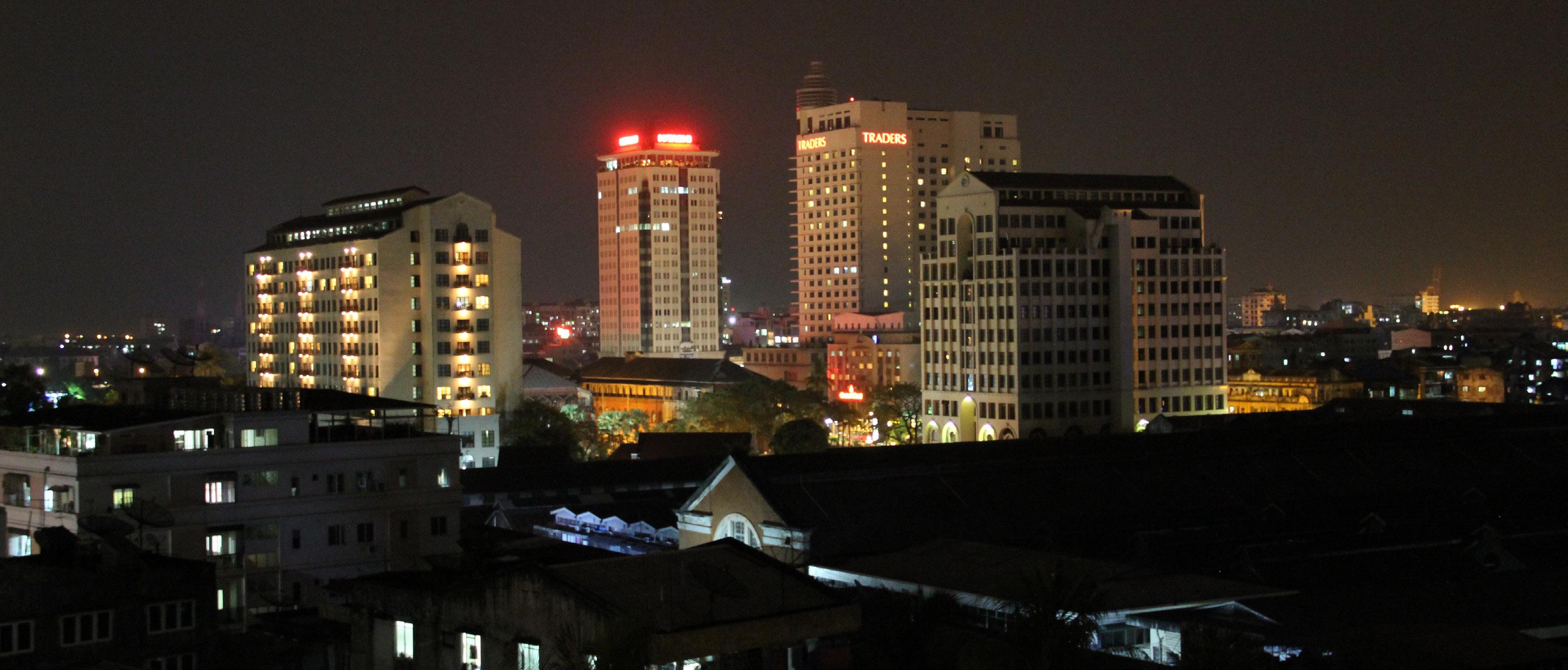
Image 25 - Contemporary buildings and modern luxury hotels in Yangon’s CBD signal a new era of economic development
ownership are poor, and even where the records exist public access to the records is highly limited (Hudson-Rodd 2014, 9). For instance, Order No. 1/2002 issued by Yangon City Development Committee (YCDC) provides that individuals can apply for the certified copy of the title history and official map of the land, but they must have proof that they are the owners of the land and they must publish their requests in a government newspaper for two weeks. Although this provides some limited ability to conduct a title search, it does not allow for a general public inquiry into land ownership issues. Despite the lack of records, land can be transferred legally. The legal ownership and transfer of land in Myanmar is based on laws passed during the colonial era (Hudson-Rodd 2004, 8).
Ownership of Apartments
The problem of lack of clarity of ownership is compounded when dealing with apartments. There is no legal basis for the ownership of a unit within a building, and there is no general system of registration of the transfer of units. There is a limited registration system for individual units that are developed via public/private partnerships, where the government contracts with a private contractor to build a building. The government gets use of the half of the units in the building and the private contractor can rent out the other half of the units in the building. The units that the private contract rents out receive a registration certificate that serves as an indication of occupancy right, but does not confer ownership (Interview, Wint Thandar Oo 2014). Additionally, there is a requirement under the Urban Rent Control Act that new occupiers in an apartment register with the state, but this does not serve as a basis for ownership (Urban Rent Control Act 1960 Sec. 20). Although people frequently speak of ‘owning apartments’ they are actually referring to the occupier’s right to use. They cannot legally transfer ownership or use the property as collateral, but they do have protections against eviction and dispossesion by a third party (Interview, Wint Thandar Oo 2014).
The major legal provision that covers tenancy and housing rights is the Urban Rent Control Act of 1960 (the Act). The original version of the Act was passed in 1948, and was repealed and replaced by the Urban Rent Control Act of 1960, although much of the language and structure follows from the original law. The Act covers both commercial and residential buildings, although some portions of the Act only apply to residential real estate. The Act contains both rent control and strong tenants’ rights protections, but does not provide clarity about owners responsibilities or rights. For instance Urban Rent Control Act Section 1 (1) (c) contains an extremely broad and confusing definition of “landlord” which includes the owner, the butler, the agent of the owner, or any person working on behalf of the owner.

Image 26 - Stacks of government documentation in the hallways in Yangon’s City Hall
Yangon City Development Committee (YCDC)
City government administers and both national and local housing, land and property laws. The city of Yangon is governed by the Yangon City Development Committee (YCDC). The city government was originally established by the British colonists under the City of Rangoon Municipal Act of 1922, which still serves as the basis of city government. In 1990 the State Law Restoration Council updated the law and created YCDC, but the 1922 ordinance is still in effect (City of Yangon Development Law 1990). The laws, rules and regulations that run the city are
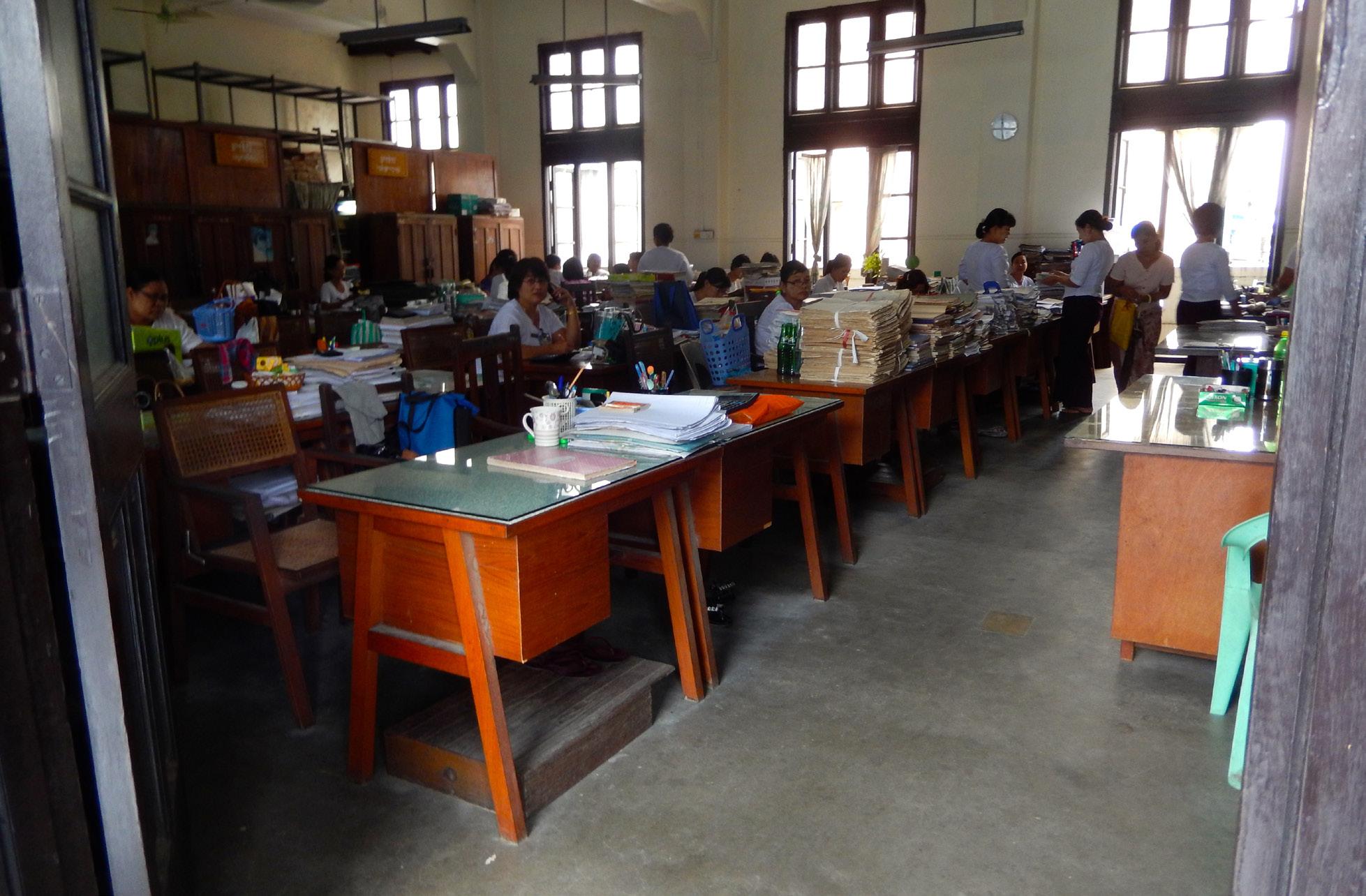
Image 27 - Government offices in Yangon’s City Hall based largely on the 1922 framework. From 1990 through 2002 YCDC promulgated a series of Laws, Orders and Notifications (YCDC Laws), which form the current basis of the regulatory framework for city governance. These laws and orders cover a wide range of issues from sewage and sanitation to the regulation of local markets. YCDC’s mandate encompasses most aspects of city governance: “powers in respect of formulation and implementation of civil projects, establishment of new towns and administration of town lands within the city limits of Yangon, shall vest in the Committee” (City of Yangon Development Law 1990, Sec. 10).
Formal/Informal Legal Processes
The legal system is a mixture of common law and local customs, however most daily life is lived in the absence of law, or at best “thin rule of law” (Cheesman 2009, 597). For the resolution of most conflicts courts are avoided and individuals negotiate among themselves (Interview, Wint Thandar Oo 2014). Access to the laws and knowledge of the laws is poor. There is no official system for the general public to have access to the laws. When there are requirements of public notice, the notice is often published in government newspapers that have limited public circulation.
The YCDC Laws that are in existence are very general in nature, and do not clarify situations of uncertain ownership. For instance, under the regulations regarding building safety and management, owner is defined as the person who “receives rent of any building or land.” (Rules for Buildings 1999, Sec. 2). This lack of clarity regarding ownership is found throughout the regulatory framework. When referring to obligations for maintenance to complying with city regulations the laws typically use the language of “owner or occupier.” The Urban Rent Control Act does not clarify ownership either. The very vague and expansive definition of landlord essentially allows anyone who is physical control of a piece of property to rent the property to a third-party.
Although ownership is unclear, there are some legal protections that guarantee access to process. The Urban Rent Control Act contains provisions that protect the tenant’s right to process, specifically in Section 15 (1), which provides that a tenant may
request a stay of an order of eviction and that (with a few exceptions) “issuing the decree must be halted or postponed” by the court. This right of access to process has been protected even when the tenant has repeatedly sought to stay orders of eviction and has a history of being delinquent on the rent (U Thein Than vs. U Uryissbon 1990). Although, this is a strong protection for the tenant, the overall weak justice system generally mitigates the ability of low-income tenants to access the courts. (Cheesman 2009, 600).
Livability/Repairs and Maintenance
The Urban Rent Control Act contains some provisions concerning the maintenance of buildings, units, and living spaces; however these are largely disregarded and buildings are generally in a state of disrepair.
According to Section 11 (1) of the Urban Rent Control Act a tenant can submit a letter to the “inspector” (presumably, an official at YCDC) requesting repairs and the inspector can order the landlord to make these repairs (1960). The Act further clarifies in the same section that “buildings for the tenants must be well maintained.” In reality this portion of the bill is rarely used. First, these orders are given at the discretion of the inspector and landlord can object on the grounds that the rent is too low to cover the costs of repairs, and given the low level of rents the landlord usually prevails (Interview Wint Thandar Oo 2014). Second, the section qualifies the extent of repairs necessary by saying that “water supply or electricity or plumbing and sanitation pipes must have [sic] been existed before 1st January 1941.” (Urban Rent Control Act 1960, Sec. 11). This means that any building that has been modernized at all since 1941 would not be subject to this provision. The overall impact is that building conditions are largely ignored by landlords and there is no system for maintenance of the interior or the façade: tenants often undertake repairs themselves, which leads to individual units in a building having different, and sometimes, incompatible, infrastructure.
Affordability/Rent Control
According to Sect. 2(f) of the Urban Rent Control Act, the standard rent is set by the inspector, with some qualifications and exceptions and rents cannot be raised above that level (1960). However, most apartments are not rented under a monthly rental system, but via a system called ‘salami’ (a Hindi term) (Urban Rent Control Act 1960, Sec. 20). This system is derived from India and is a longstanding legacy of the British colonial system (Ram 1997, 151). Under this system renters pay a large one-time upfront fee (called bhadi) in exchange for a long-term transferable lease. Tenants participating in this system pay extremely low monthly ‘rents’. This system has no recognition or authorization by legal statute, but there is case law, based mainly on the Contract Act of 1872, that
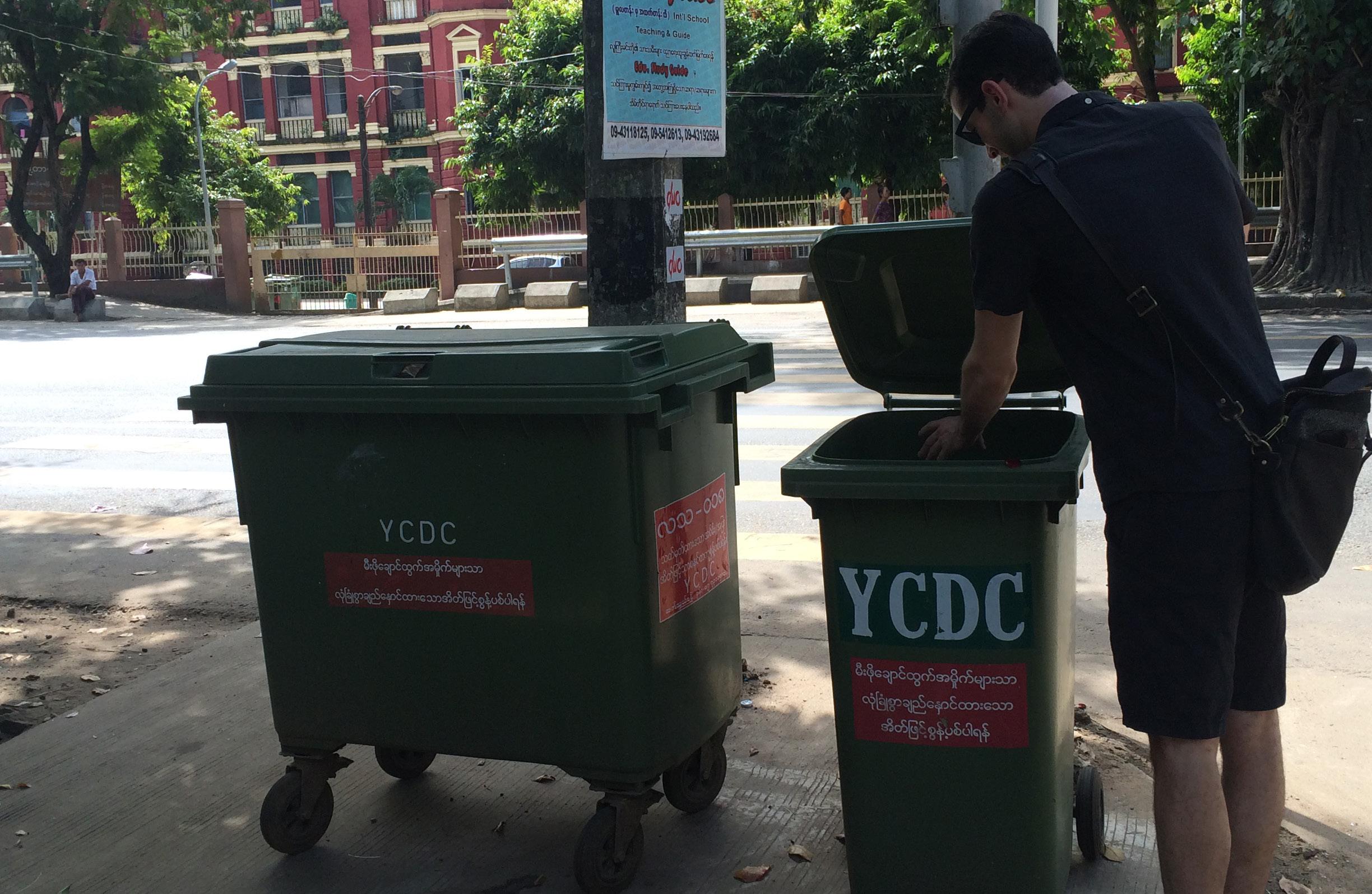
Image 28 - Public garbage disposal bins provided and maintained by YCDC
Image 29 - Apartment buildings with ground floor commercial space on Sule Pagoda Road, Yangon CBD

supports the legal rights of individuals who have ‘purchased’ apartments using the salami system (U Kaung Nyunt vs. Daw Hla Sein and Maung Tan Chaung 1970).
Tenancy Protections
Tenants can only be evicted under a few specific circumstances: (1) the tenant has refused to pay rent either to the landlord or the inspector three weeks after receiving a letter of warning; (2) a civil law court has determined that the tenant is required to pay rent and the tenant has failed to do so; (3) the tenant is proven to have been engaging in criminal acts or disturbing or embarrassing the neighbors; (4) the rental property is land and “the landlord honestly wants to get back the land” in order to build or rebuild a building for the landlord’s own use (Urban Rent Control Act 1960, Sec. 12).
The burden of proof in an eviction case is on the landlord: in order to remove a tenant the landlord “or responsible person” must submit a letter with sufficient evidence to the inspector (Urban Rent Control Act 1960, Sec. 12-2). However, if the tenant has proof that the grounds upon which the landlord was trying to evict the tenant are insufficient, then the court can decide that the landlord must pay compensation to the tenant and the tenant can move back to the property (Urban Rent Control Act 1960, Sec. 12-3).
Furthermore, anyone “who is not a normal tenant, but who is living or working in the environs of building in an honest way” may apply to continue living in the building (Urban Rent Control Act Sec. 13). This grant of tenancy does not require approval of the landlord, although the inspector must attempt to inform the landlord that a tenant has been recognized as having tenancy rights in the building. This grant of tenancy has limits, however, if a tenant has moved into land and the court finds that the tenant is guilty of criminal trespassing then the tenant can be evicted (U Win vs U Phu and one
Image 30 - A contemporary building in Yangon’s CBD
other 1997).

Law & Institutions Livability
Process
Empowered Entity
Transparency
Role/Risks of Private Interest
Managed Change
Case Studies: Beirut, Lebanon Macau, China Tenure Security
Formality vs. Informality
Security & Livelihood
Property Rights
Regulations & Zoning
Housing & Welfare policy
Taxation & Service provision
Case Study: Rio de Janeiro, Accessibility
Infrastructure
Public Space
Tourism
Service Provision
Job/Skill Creation Habitability
Housing/Building Conditions
Housing/Building Functionality
Property Management
Landlord Accountability Social Capital
Community Interaction
Participation Strategy
Survey of Needs
Stakeholder Analysis
People vs. Place-Based Vulnerability
Managed Displacement
Local Representation
Displacement Incentives
Social Programs
Case Study: Singapore
Case Study: Yerevan, Armenia
Case Studies: Cairo, Egypt Bangkok, Thailand
Case Study: Old Havana, Cuba
Through research on Yangon’s CBD, and analysis of case studies related to heritage conservation and community preservation, the team compiled a working framework to identify factors that contribute to displacement. The team grouped these factors into two broad categories: (1) those that relate primarily to laws and institutions, and (2) those that relate primarily to livability. The purpose of compiling these factors contributing to displacement is to make actors, stakeholders, and interest groups involved or interested in heritage conservation and development aware of the phenomena that disrupt communities and displace residents. The lessons and principles developed in this framework have formed the basis of the vision for approaches to heritage conservation and development that preserve communities and mitigate displacement that are presented in section 6 of this report.
The ‘Laws and Institutions’ category identified in this analysis includes two factors that contribute to displacement: ‘Process’ and ‘Tenure Security’.
Process refers to the systems by which legal and administrative programs are developed and implemented for development by those in authority, either government or government-empowered entities, acting in either the public or private interest.
Tenure Security is the set of rights and protections for housing, land and property that enable people to remain in place.
The ‘Livability’ category of this framework includes the following factors that contribute to displacement: Accessibility, Habitability, Social Capital, and Vulnerability.
Accessibility is the system of connections between one community and the rest of the city and the ease with which the community can reach the resources it needs.
Habitability refers to the characteristics and functions of personal space, buildings, streets and neighborhood areas, including the quality and quantity of services that are provided in each of these spheres, and their physical safety.
Social Capital refers to the strength of a community’s social fabric - the support individuals can find for their livelihood within their neighborhood, and the interactions residents experience with each other. These include the skills and qualities a person possesses, and the resources and opportunities they can leverage within their community.
Vulnerability is the ‘inequality of opportunity’ a particular community or individual may face due to power dynamics in broader social networks, cultural values and attitudes, and institutional frameworks. Such inequalities create barriers to accessing resources, services and social mobility. The more vulnerable one is, the more likely one will be adversely impacted by change.
While each factor can be defined on its own, they must also be understood as being interdependent, as change in one factor can impact the outcome of another. The interconnectedness of each factor will be further discussed in each section.
5.1 Process
Definition
Within the ‘factors that contribute to displacement, the factor of ‘process’ refers to the systems by which legal and administrative programs and plans are developed and implemented for development by those in authority, either government or government-empowered entities, acting in either the public or private interest. If the process employed by those in decision-making power excludes the participation of the people who are affected by the decisions and does not take their needs and interests into consideration, the decisions will not be viewed as legitimate and, more likely than not, will lead to displacement.
Process is perhaps the most interconnected of the factors that contribute to displacement discussed within this report; success in addressing the already discussed factors of vulnerability, accessibility, habitability and social capital largely depend upon transparent and accountable decisionmaking processes. Processes that do not take into consideration the public good can detrimentally
impact these factors, increasing the rate of displacement and the loss of heritage as existing and local needs are not factored into new decisions.
Myanmar has a history of top-down governing processes and is now experiencing a political and economic shift towards democratization. Having an empowered, publicly accountable entity to manage heritage conservation and development, that employs participatory decision-making processes will legitimize the entity’s power and build support and credibility to its decisions.
The experience of other cities around the globe illustrate the importance of the process used in planning for heritage conserevation and development. In Beirut, for example, the restoration of the the historic old city was delegated by government to a private sector entity that did not involve the general public in the decision-making process and acted only in its pecuniary interests. This private entity - enabled through corrupt and misguided public sector administration - had a negative impact upon the habitability and social capital within the city’s central historic district. The lack of real estate regulation resulted in significant development speculation and subsequent high-end housing construction, which in turn resulted in the demolition of the city’s unique heritage character, and the displacement of the community that had lived and worked within the district. This also resulted in a significant increase to the cost of living, forcing the community to relocate and preventing displaced community members from resettling within the district following the civil war.
When development and heritage conservation processes are managed by an empowered public entity, that includes in its decision-making the interests of vulnerable populations that might not be protected otherwise, displacement can be mitigated. In Havana, for example, a legally empowered public entity was established to manage the restoration and preservation of the old city. This entity was able to creatively assign taxes generated through the revitalization of the historic district towards community development programs. In Macau, the regional government ensured that the existing community was engaged in the decision-making around heritage conservation and development through surveys, and this feedback was used to inform a comprehensive plan. The public entity that managed the heritage conservation effort was also able to engage with international organizations, such as UNESCO, which placed Macau on the World Heritage List. These approaches served to mitigate displacement in both of these cities.
Heritage conservation and community preservation require processes that involve both
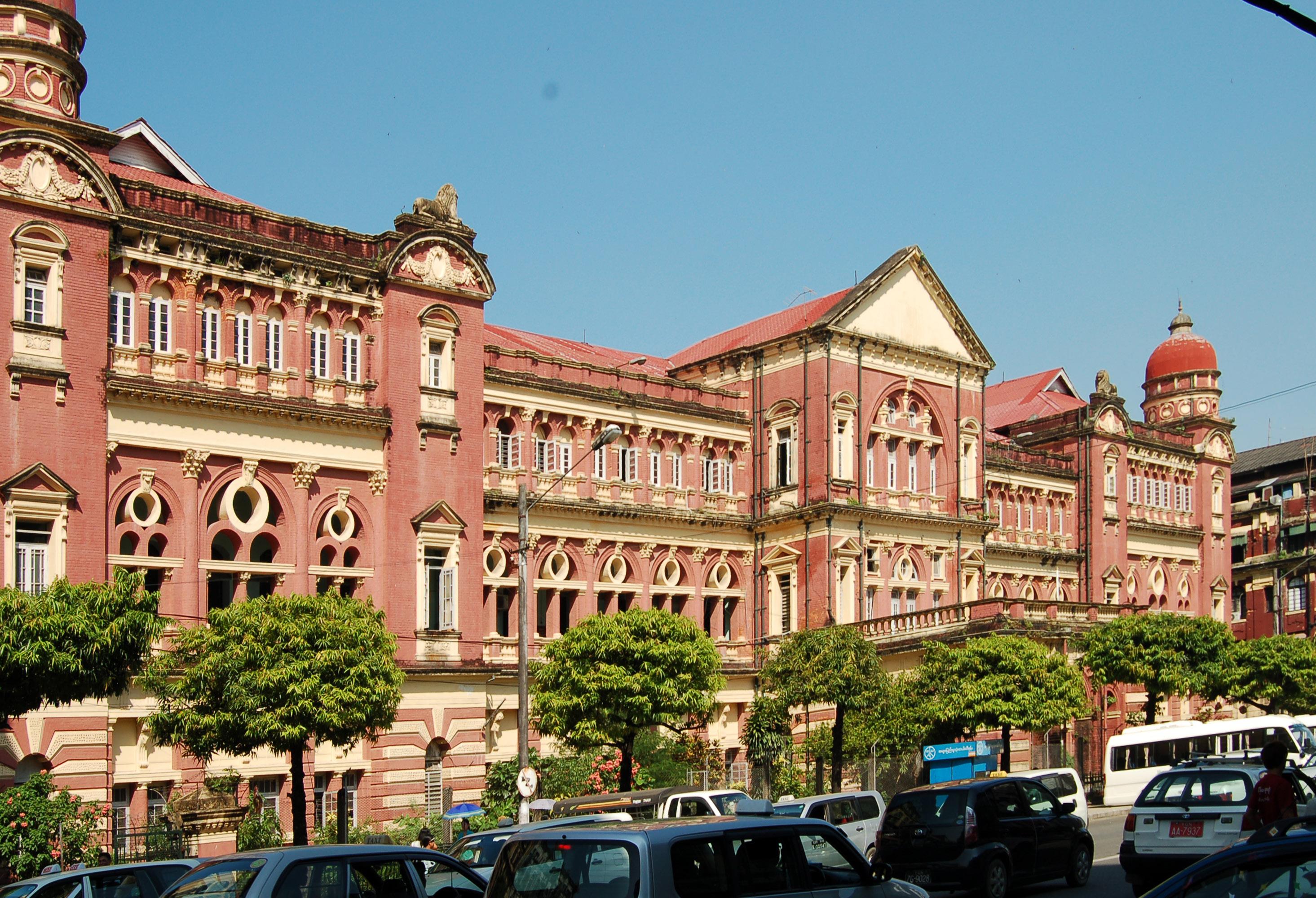
Image 31 - Yangon’s High Court, located in the CBD
Image 32 - The historic center reconstruction area in downtown Beirut
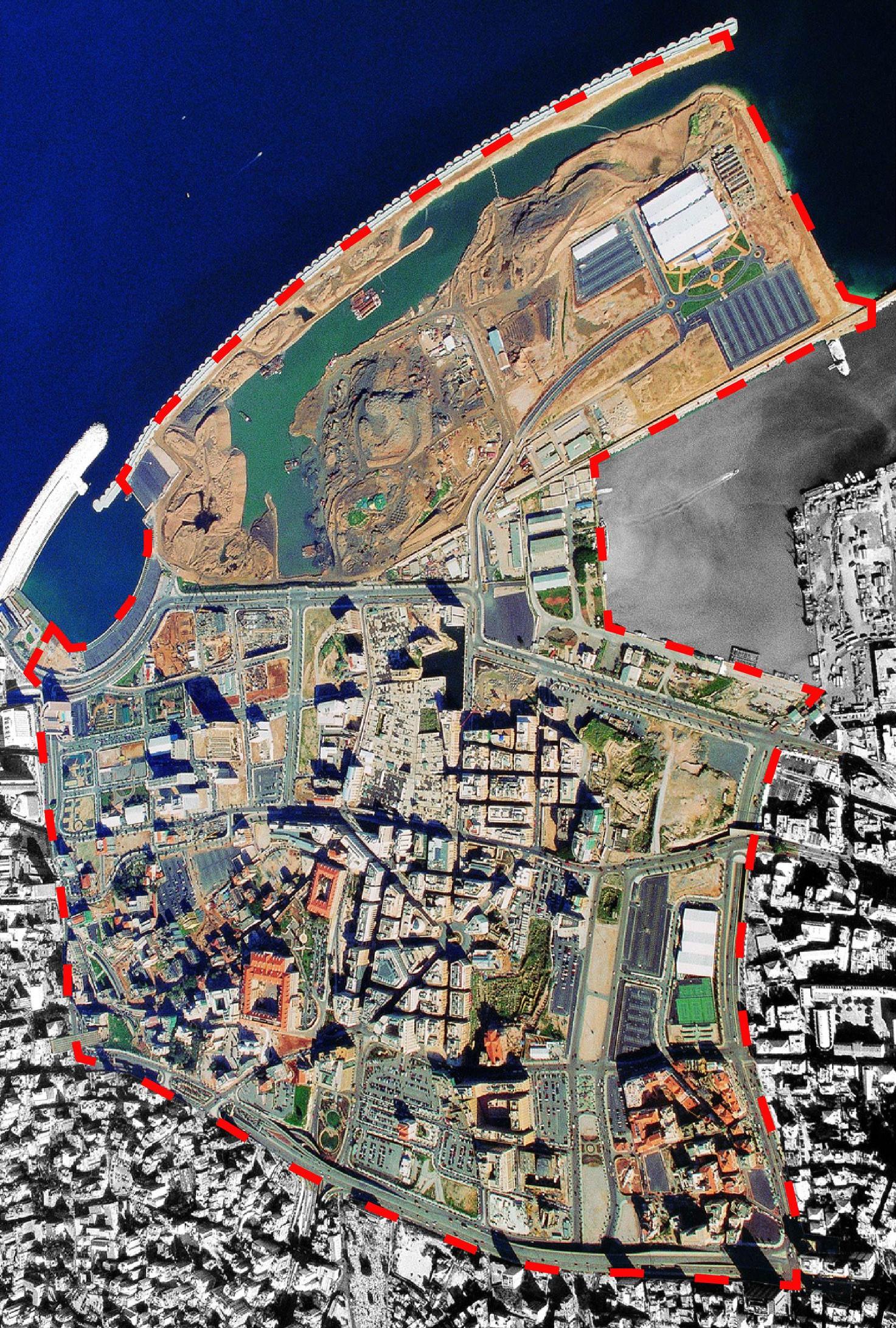
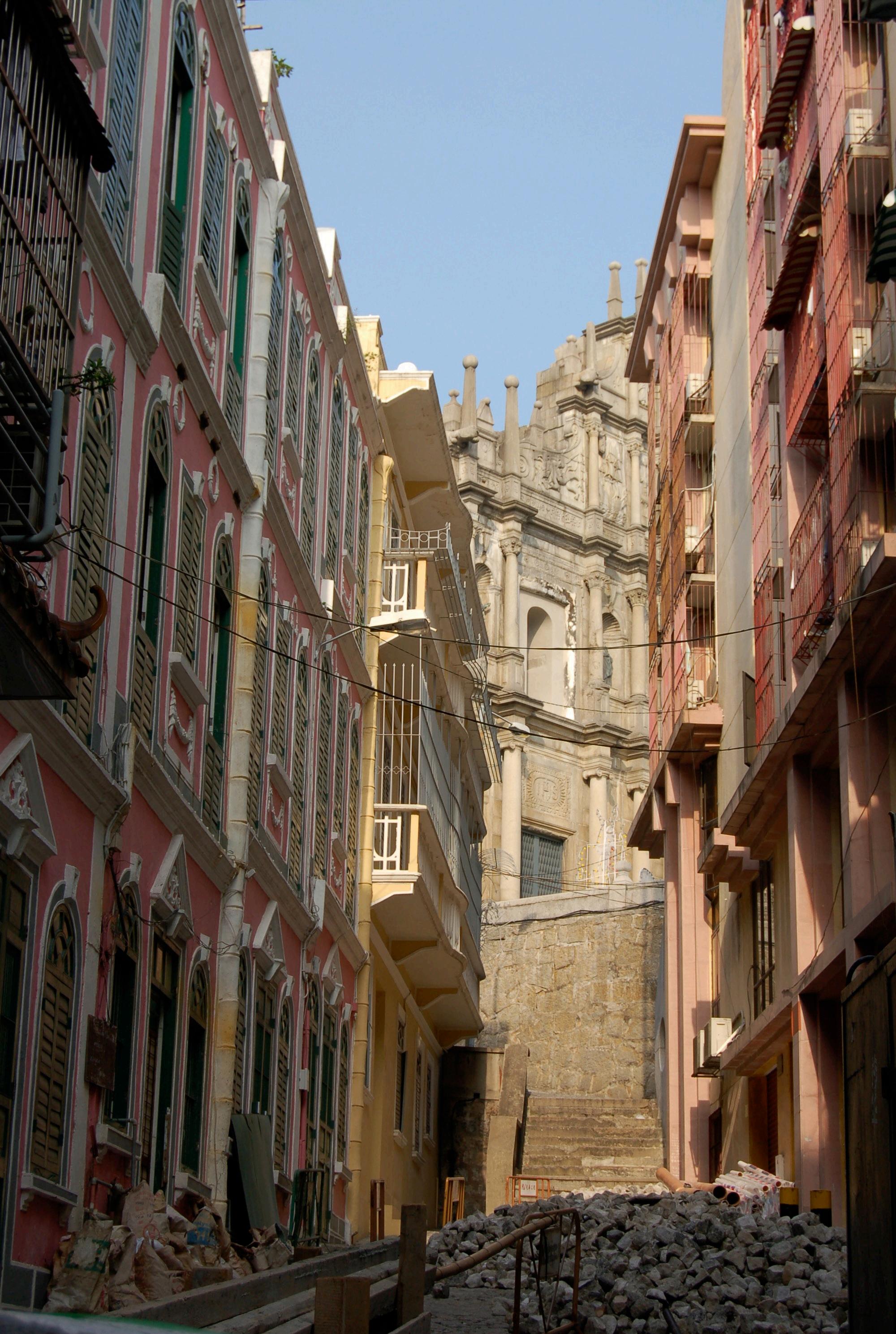
Image 33 - Street reconstruction in Macau’s historic district
public and private participation. Regulations and policies established by an empowered public entity can provide a framework within which the private sector can grow while ensuring that vulnerable populations are not disadvantaged nor the spaces they inhabit lost.
When the empowered entity that manages development is controlled exclusively by the private sector, reforms are often based upon nonparticipatory, exclusive and profit-driven processes. These private-led processes often result in rising land inequalities, the inflation of real estate value, a general decrease in livability for existing residents and reduced tenure security as decisions are mostly being made to capture new real estate markets, not to serve the existing ones.
‘Process’ can have both negative impacts and positive impacts on existing communities and heritage conservation, as was observed in the case studies of Beirut, Lebanon and Macau, China. These case studies are explained in in full in Appendix A, Case 1 and 2).
5.2 Tenure Security
Definition
Tenure security is the set of rights and protections for housing, land and property that enable people to remain in place. Insecure and unclear forms of tenure make people vulnerable to displacement and are often associated with barriers to quality of life, positive livelihoods and social mobility (Payne 2004, 167-168).
One’s level of tenure security is determined by tenure status and associated property rights. Tenure status indicates both one’s type of residence and how one retains it. For example, a tenure status can be a ‘pavement dweller’ - an individual who lives in a temporary structure on a public street - or a ‘freeholder’ - an individual who personally owns his or her property and home. Property rights define the legally permissible actions someone can take with respect to his or her residence and land. These include, for example, the right to sell, use, sublet, deconstruct, Impressions from Site Visit: During our resident interviews, the team observed that each street block operates as its own informal ‘village’, and that there appears to be a disconnect between the local government (both township and the informal street-level ‘governance’), and the larger political and governmental changes that are taking place in Myanmar. Many residents were unaware of changes occurring at higher levels of government, and did not perceive how those changes might impact their community.
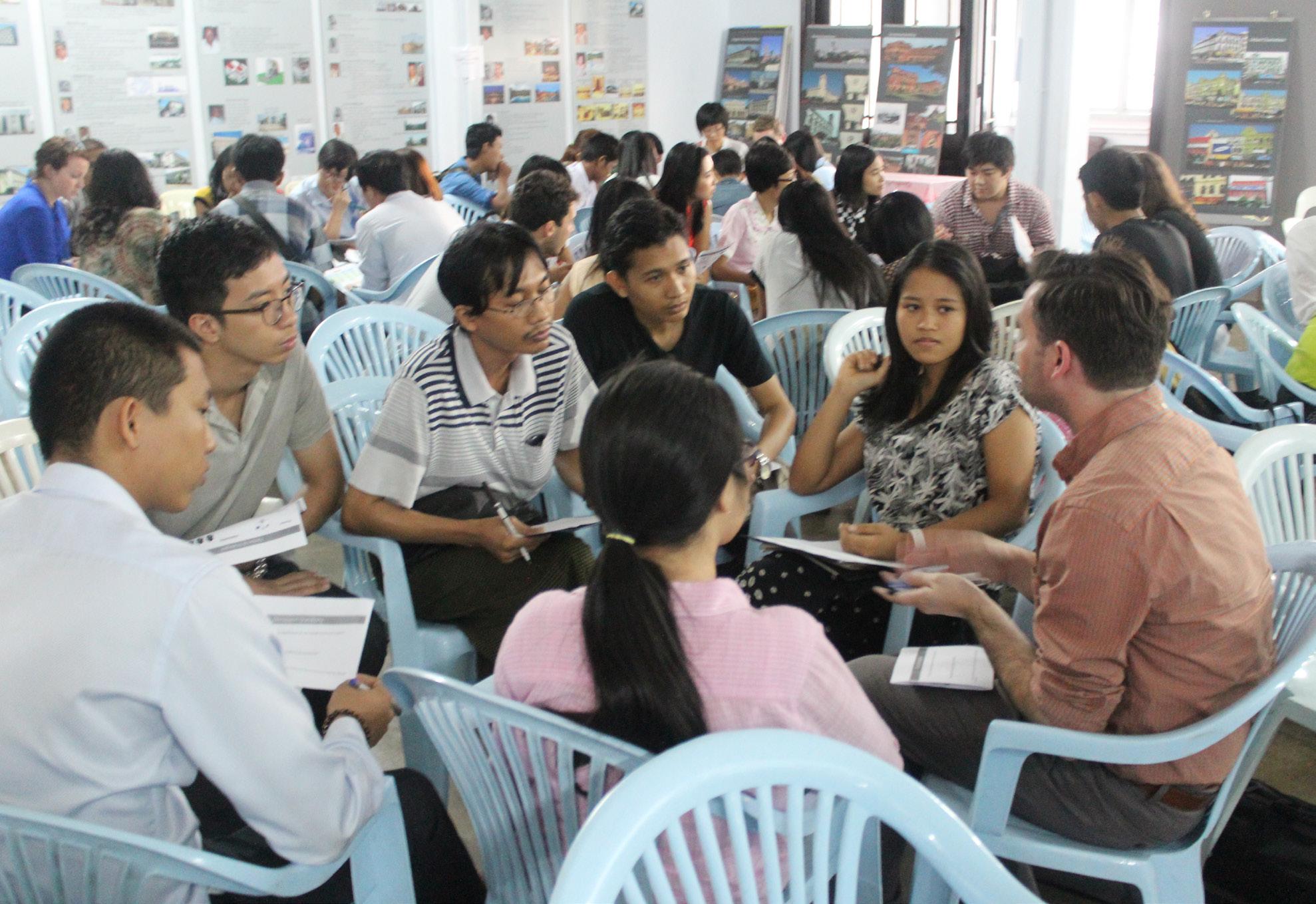
Image 34 - Holding focus groups, like those conducted during the studio team’s symposium, provide an opportunity to inform the public on projects and development and solicit their feedback
transfer or inherit. A person’s tenure security is also influenced by how many people in a community have the same tenure status and property rights. If many people in a community have the same status and rights, their informal or formal power increases and the potential for them to be taken advantage of or coerced out of their level of security decreases. The less secure a person is in his or her tenure status, the more likely they are to be evicted or lose their residence for various reasons, such as the physical instability of the structure or rising rental rates (Payne 2004, 169-170).
When analyzing housing challenges in a given community - whether it is a lack of housing, or a deteriorating housing stock - it is important to understand the different types of tenure status that community residents hold and how many people possess each tenure status. Such an investigation allows the most vulnerable populations to be identified so that future policy and decisions can be oriented to their needs. The people with the most insecure tenure statuses are those most vulnerable to displacement and abandonment when changes are occurring in their community. Improving an individual’s level of tenure security can be achieved by altering their tenure status, the property rights associated with that status, or both.
Generally speaking, reforms regarding land tenure or property rights are catalyzed when something causes land values to increase and competition for land ownership and use grows (Feder & Feeney 1991, 138) A significant portion of the population of Yangon’s CBD lives with unclear tenure status and property rights. A clear
Image 35 - A mix of contemporary and colonial apartment buildings on 28th Street in Yangon’s CBD
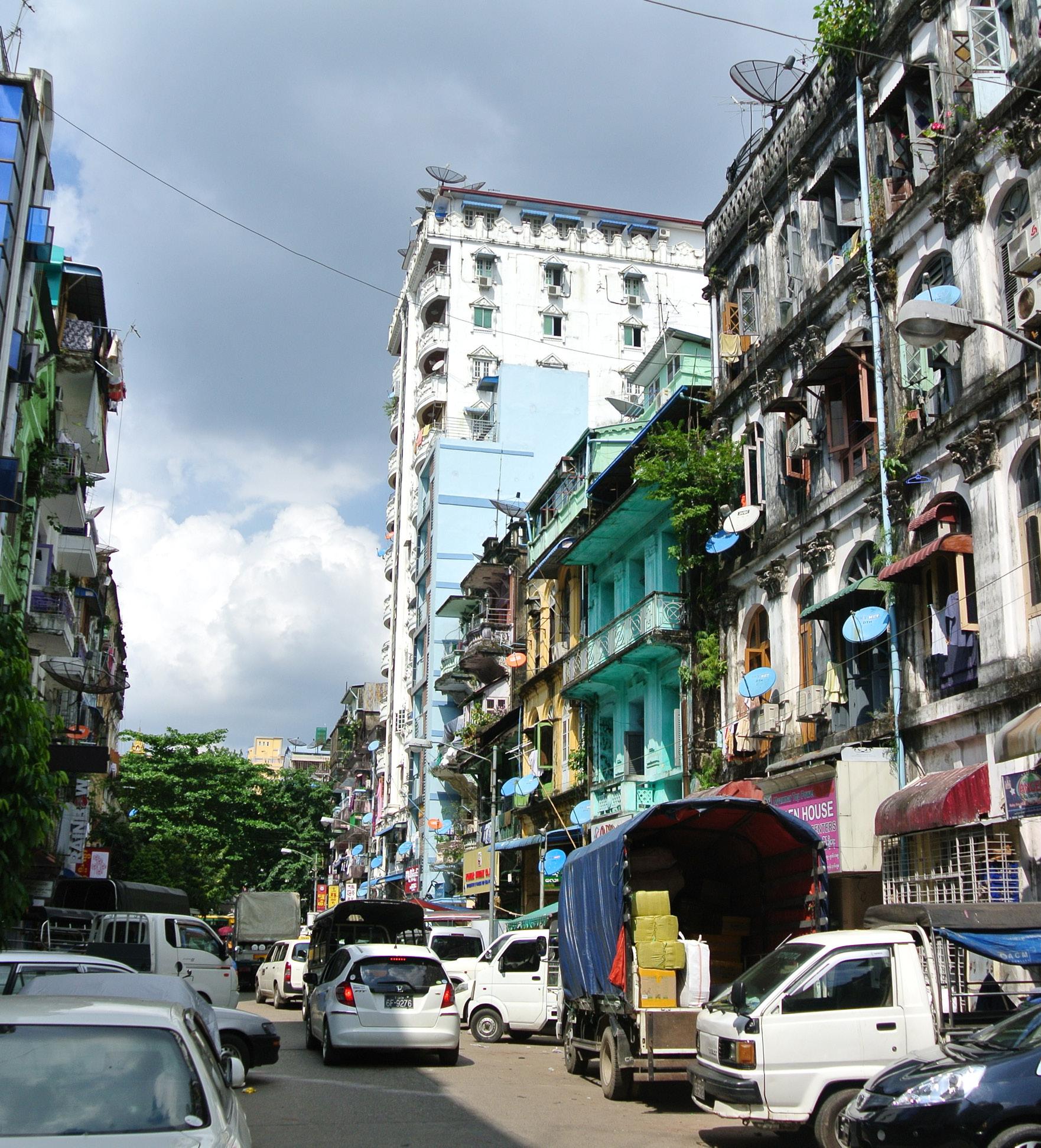
understanding of the situation as it exists is needed in order to inform decisions that affect the nature of people’s tenure security.
Providing residents with stronger property rights or conventionally desirable tenure statuses (i.e. ownership) can be detrimental to their level of tenure security in some contexts. For example, a survey of case studies overviewed by Doebele (1987) showed that in some cases legitimizing or improving residents’ tenure statuses or property rights in informal settlements led to three outcomes: (1) resident desertion, as low-income/ informal residents could not bear extra costs and taxes associated with formality, or were engaged in other illegal activities that they feared would be discovered with their entry into the formal realm of tenure; (2) take-overs by more affluent classes seeking the newly available legally acquirable land/ homes; or, (3) land invasion, or excessive overload of new residents coming to an area causing new forms of illegal occupation, when secure tenure is offered too easily (Doebele 1987, 12-13). For this reason, a proper assessment of all the externalities of making such changes must be undertaken

Image 36 - Citizens protesting against land takings signify problems with tenure security in Myanmar before any kind of reform. What works in one place (for example, providing new homes in formal areas, or - as will be discussed in the case of Rio de Janeiro below - simply granting legal tenure status to squatters) may have negative outcomes in another. . Thus, incremental trial-and-error approaches built upon detailed contextual understanding are generally the best means to change or regularize tenure security in any community.
Generally, when an improvement in tenure security is successfully achieved, residents can experience a significantly improved quality of life - for example, by protecting them from eviction and allowing them to invest in their homes with assurance that these investments are much less likely to be lost, thereby gaining an asset that may be leveraged for loans and credit. In the case of Rio de Janeiro, the municipal government responded to the mandates of a National Housing Policy by creating a city-wide favela (informal settlement) upgrading strategy. The Favela-Bairro (favela-home) program created comprehensive plans for favelas built upon a tenure clarification process. Favelas were surveyed and “concession of actual right to use” was granted to any occupant who could prove residency of five years or more. Though many facets of the program were unsuccessful or left incomplete, the creation a clear, indisputable tenure status for residents provided those affected with considerable protection from eviction, and thus greater incentive to invest in the improvement and maintenance of their homes. This clarification of tenure status also allowed residents to buy, sell and rent their use rights - creating more diverse offerings in the housing market, and new income streams for low income communities.
Although other elements of the program were less successful, the tenure clarification process initiated an immediate improvement in individual security (see Appendix B, Case 2 for more information).
5.3 Accessibility
One of the most significant challenges in implementing urban heritage conservation projects is providing accessibility. This report defines accessibility as the ease with which a community can reach the resources and amenities they need within and outside of their community. Accessibility is a factor contributing to displacement in that the decline of residents’ accessibility - for instance, with rising transport costs or failing infrastructure - threatens their ability to stay in place. If accessibility is poor over the long-term, residents will be displaced as their neighborhoods can no longer support their needs. Likewise, a community with enhanced accessibility provides its residents with broader array of opportunities for work, housing, socializing, entertainment, and recreation.
Accessibility in Yangon encompasses infrastructure provision, transportation, tourism management, and open space. Improving accessibility - by enhancing transportation connections, improving infrastructure, and dedicating open space - must be done in such a way that residents are not displaced from their homes and communities. Accessibility improvements can foster social capital by improving pedestrian safety and enabling closer-knit neighborhoods. Other accessibility improvements, like dedicated open space, can reduce the vulnerability of marginalized groups. Reduced transport costs and expanded connections to job centers, finally, may help promote tenure security by easing the burden of a rising cost of living.
Yangon is in the midst of a significant economic transition that will likely result in substantial infrastructure investment. Myanmar’s decades of political isolation and economic stagnation have caused its major urban infrastructure to deteriorate. New infrastructure investment will substantially impact resident accessibility and must be implemented in such a way that resident Impressions from Site Visit:
During informal street interviews, residents did not offer detailed explanations of who their landlord was, or who owned the building they live in. Many respondents declined to discuss their rental or subletting relationship with the landlord or individual who holds their unit. Furthermore, when discussing issues of security and change in their community, few respondents commented on the development occurring in Yangon’s CBD - though these changes could have a significant impact upon residents’ tenure security.
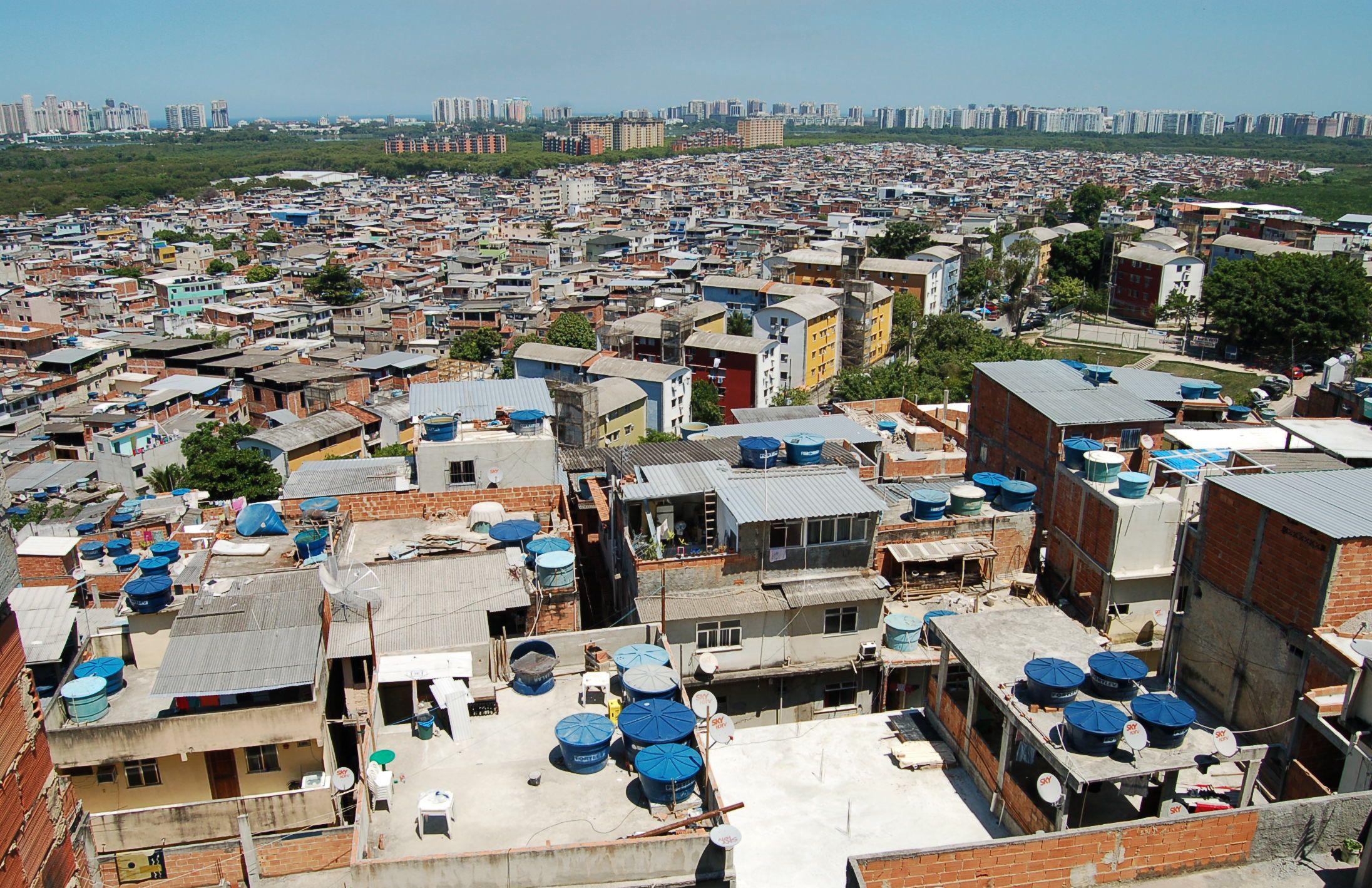
Image 37 - The favela Rio das Pedras partook in a neighborhood upgrading program (Rio de Janeiro)
Impressions from Site Visit:
Though traffic congestion within Yangon’s CBD has been worsening, residents, business owners and pedestrians expressed the view that the area is highly desirable for the access it provides to amenities, especially when compared to other parts of the city. Residents expressed satisfaction with the convenience they experience from being close to goods and services, work, public institutions and parks. livelihoods in Yangon are strengthened rather than endangered. For example, traffic congestion is a growing crisis that harms economic productivity, public health, and the environment (JICA, 2013, 227). Poor quality public transit service prevents residents from accessing employment and encourages people to pursue the more expensive, less sustainable option of car ownership. Increasingly auto-oriented policies on curb management and parking threaten the livelihoods of Yangon’s numerous street vendors
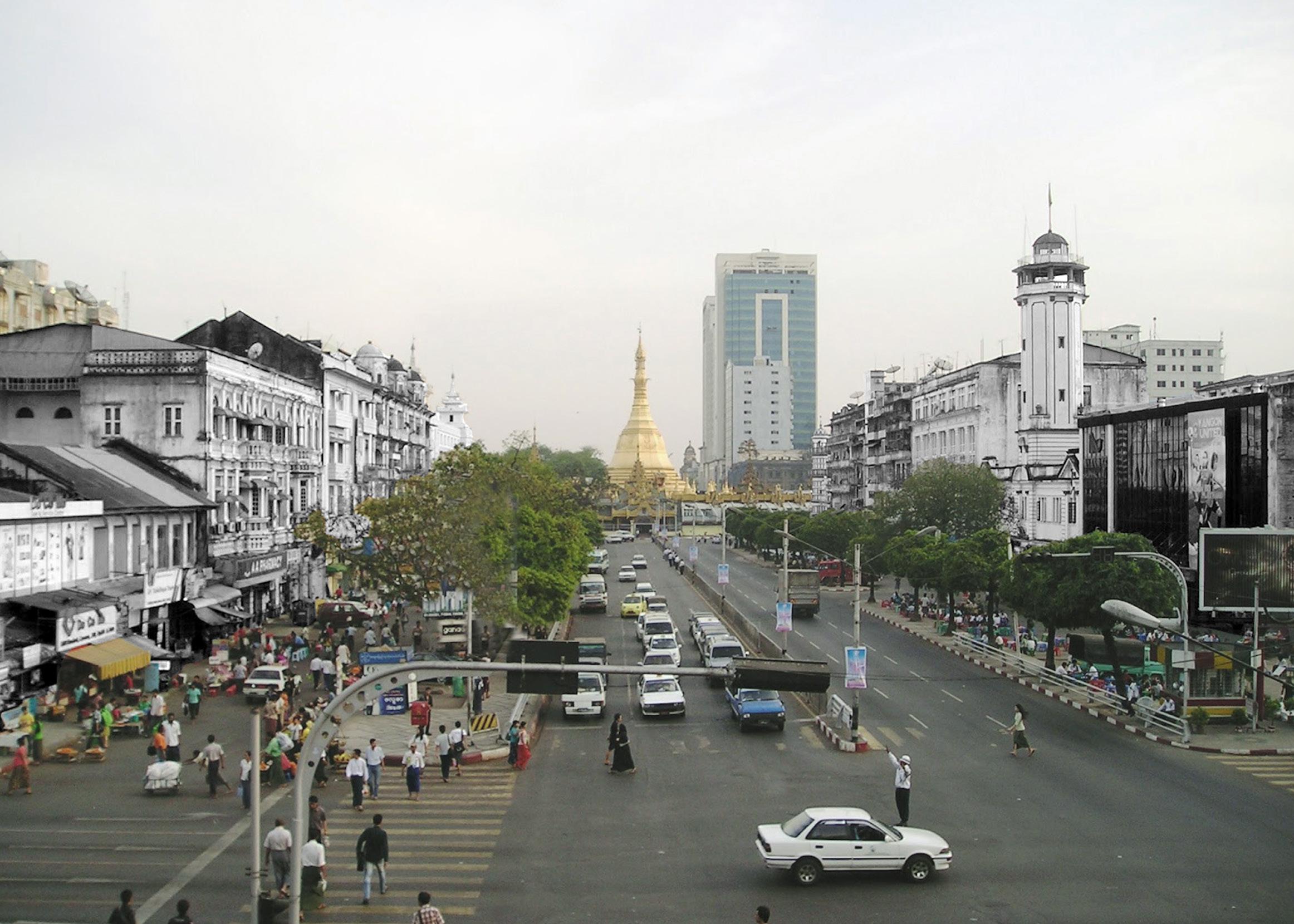
Image 38 - The intersection of the multi-lane Anawratha Road and Sule Pagoda Road represents a common, large scale of road in Yangon’s CBD and diminish the heritage of neighborhoods (JICA 2013, 274). As infrastructure investment in Yangon increases, it is critical for policymakers to understand the interaction between accessibility improvements and urban heritage conservation.
Accessibility improvements that benefit pedestrians, cyclists, and transit users - together known as “multimodal” improvements - have economic and environmental benefits that significantly exceed those from more car-oriented policies. These benefits manifest through consumer cost savings, public cost savings (through lower infrastructure capital costs compared to car-oriented projects), and “...more efficient land use, community livability, improved fitness and public health, economic development, and support for equity objectives” (Littman 2003). Above and beyond these important benefits of multimodal accessibility are particular advantages that dovetail with heritage conservation strategies. According to Whitehead, multimodal accessibility improvements strengthen “the competitive positioning of cities as ‘place products’ whose high standards of urban quality can be marketed and sold to residents, investors and tourists” (Whitehead et al. 2006, 4). Under ideal conditions, a city’s investment in multimodal accessibility improvements will both enhance residential livelihoods as well as strengthen a unique heritage or quality of place that is highly desirable for tourism promotion and foreign investment.
In particular, accessibility improvements that expand space for pedestrians can have highly beneficial effects on local resident livelihoods as well as neighborhood economies. Pedestrianized streets
help create a lively and social quality of place, which, when built as part of a heritage conservation plan, can greatly enhance the local economy. Other accessibility improvements, such as protected cycle paths or high-frequency transit networks, have similar effects in redirecting the focus of travel away from fast-moving automobiles and toward more human-scale activities at the street level, such as walking and cycling.
One of the key themes in accessibility research is the creation or enhancement of a social street environment, with a particular emphasis on what the Danish architect Jan Gehl has called “life between buildings.” According to Gehl, the primary purpose of any urban design intervention is to foster social interaction between residents, shopkeepers, tourists, and other members of the community. It is “precisely the presence of other people, events, activities, inspiration and stimulation comprise one of the important elements of public spaces altogether” (Gehl 2011, 13). While safe and vibrant public spaces enhance the accessibility of neighborhoods, planning interventions that cause higher vehicle traffic congestion, higher vehicle speeds, or intermodal conflict between street users will diminish a place’s accessibility and negatively impact its historic assets.
A central pillar of Singapore’s heritage conservation program was the creation of pedestrian streets along the key historic corridors identified by Singapore’s Urban Redevelopment Authority (URA) (Yeun & Chor 1998, 229)(Kong & Yeoh 1994, 249). These car-free streets allow for more shopping, sightseeing, eating, or socializing while ensuring residents’ safety. Many shopkeepers ways of conserving local heritage. Singapore took initially feared that prohibiting vehicle traffic an active role in licensing and regulating street food would harm their business, but in reality the retail vendors as well as creating public plazas and other revenues in the area increased dramatically. open space where they could congregate (Henderson One of the key benefits of creating was its “City Hawker Food Hunt” to publicize and pedestrian streets was allowing Singapore’s street reward especially authentic or clean vendors. Many food scene to thrive. Like Yangon, Singapore of Singapore’s hotels now market their proximity to has a rich food culture, especially with respect to the better street food courts as a valued amenity for outdoor street food vendors. In Singapore, street guests. It is easy to imagine a similar program taking food is considered a major component of tourism off in Yangon as the local tourism economy matures. promotion and one of the more socially beneficial et al. 2012, 849). One of the more popular programs
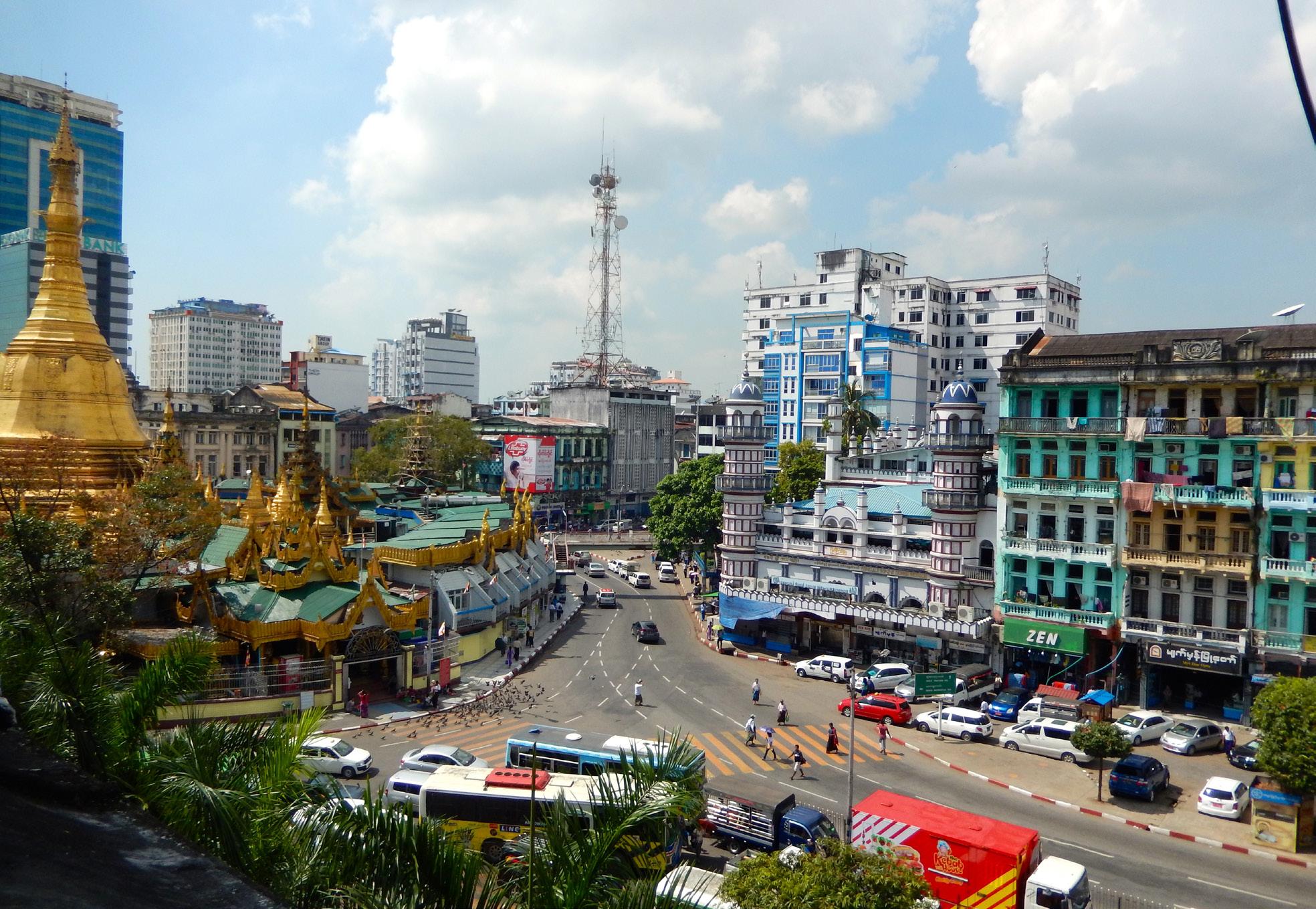
Image 39 - The iconic Sule Pagoda is surrounding by a multi-lane circle road and forked intersection
However, accessibility improvements may become victims of their own success. By contributing to more lively street environments and encouraging local economic growth and tourism, accessibility improvements often exert upward pressure on local rents as the area becomes increasingly desirable to outsiders. In Singapore, many low-income residents of the CBD were displaced as a result of Singapore’s Conservation Master Plan. Although the first floors of the structures in the CBD were largely preserved, developers often converted the upper floors to offices or high-rent condominiums to make their renovation projects profitable (Lee 1996, 410). With the new pedestrian street infrastructure, the area became much more attractive for tourism development, which caused local rents to rise. With inadequate rent and tenure protections for the local population, the conservation program was more successful in attracting tourists and high-rent uses than preserving the livelihoods of low-income residents. The displacement impacts of this project would have been more severe were it not for the mitigating factor of Singapore’s uniquely comprehensive and ubiquitous system of public housing, which continues to house the vast majority of Singaporeans, and provided options
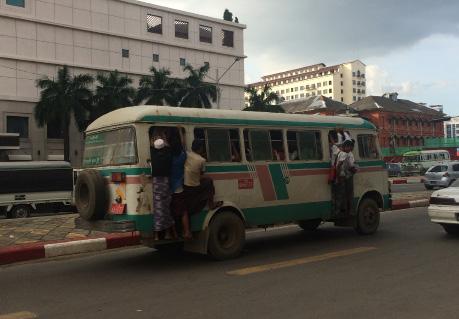
Image 40 - Overcrowded buses on Sule Pagoda Road in Yangon’s CBD for relocation of displaced residents (Steinberg 1996, 472). Since very few governments are capable of making such a comprehensive investment in affordable housing, it is therefore imperative to limit displacement from a conservation project’s inception rather than adopt the more dubious strategy of rehousing residents elsewhere.
Singapore illustrates the importance of a comprehensive strategy of heritage conservation that goes above and beyond just accessibility improvements. While transportation improvements or infrastructure upgrades may benefit residents’ quality of life, they are not sufficient to prevent displacement and may in fact operate as a factor of displacement if other protections are not in place.
5.4. Habitability
The term habitability, as used in this report’s framework is: “those qualitative and quantitative aspects of the built environment which support human activities in terms of individual and communal goals” (Preiser 1983, 87). This definition applies to several scales of space within the built environment - from the community and neighborhood on the macro-scale to the individual family dwelling units on the micro-scale. This concept goes beyond the simple dictionary definition of habitability, as “capable of being lived in” (Merriam-Webster) which implies that the primary concern is with the quality of the living conditions of an individual dwelling unit. The urban planning perspective on habitability scales up to the condition of a community or neighborhood, and
consequently may address issues not only related to the quality of the available housing stock but also the quantity of housing stock within a particular community. As an example, a community with a low number of available housing units may experience overcrowding due to increasing family sizes and the lack of available affordable housing elsewhere.
Issues of habitability have a close connection with those of tenure security. As people or families become increasingly more or less secure in their place of residence the quality of their dwelling may change as they are more or less able to adapt their residence to better suit their needs. Conversely as the
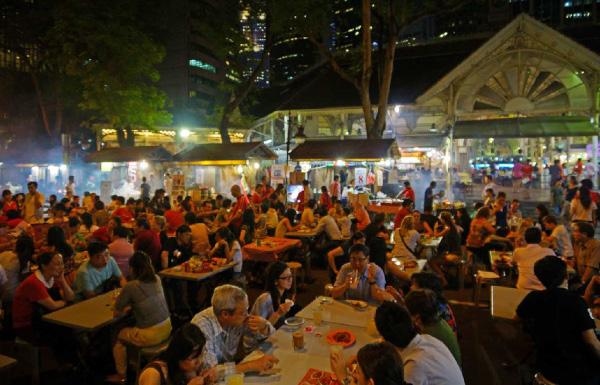
Image 41 - Open air, outdoor street food courts in Singapore habitability of particular community increases, the neighborhood becomes a more desirable and less affordable place to live, and as habitability decreases, the neighborhood becomes a less feasible place to live, in both instances potentially displacing current residents with more insecure living situation.
There is also a strong connection that can be found between habitability and vulnerability. The people living in substandard housing are often some of the most vulnerable and marginalized population groups in society, and are facing more challenges than just deficits with their housing. Additionally, the habitability of those communities that lack proper infrastructure and utilities can lead to increased health risk.
Key considerations when addressing issues of habitability are housing conditions and functionality, building conditions, building management, and landlord relations. In Yangon there is both lack of awareness and lack of clarity concerning roles and responsibilities of the landlord. Due to this unclear relationship, most building and apartment maintenance is performed ad hoc, minimum standards of livability are often unmet due to lack of guidelines, and large scale building deterioration has occurred in the CBD. In Yangon, this lack of clarity as to responsibilities makes it difficult to establish and maintain decent housing conditions and minimum standards of habitability.
In most of the United States, housing standards for residential tenancies are enforced through application of a law known as the “Warranty of Habitability,” which generally stipulates that a landlord must maintain a standard level of habitability in any units which he or she offers to rent. This includes access to basic household services (i.e. water, sewage disposal, and heat provision) required for livability and maintaining appropriate standards related to public health. In New York State, the Warranty of Habitability Law requires that a landlord guarantee that:
The premises so leased or rented and all areas used in connection therewith in common with other tenants or residents are
fit for human habitation and for the uses reasonably intended by the parties and that the occupants of such premises shall not be subjected to any conditions which would be dangerous, hazardous or detrimental to their life, health, or safety. (New York State, Real Property Laws 1909, chapter 52, article 7, section 235-b.)
The benefits of this law are increased quality of the available housing stock, protection against negligent landlords, and the overall improved quality of life for both individuals and the community.
As an example of issues related to habitability as a factor contributing to displacement the studio team looked to the case of city reconstruction in Yerevan, Armenia after the fall of the Soviet Union (USSR). Buildings erected during USSR rule are regarded as ‘colonial structures’ in countries of the former USSR, and represent a part of Armenia’s complicated relationship with its past, both on national and individual levels (Zekavat 2014). Armenia’s capital city, Yerevan, has faced many challenges in coping with urbanization patterns during its transition away from USSR rule, and the lessons it learned serve as a cautionary tale for what not to do in Yangon.
Before the collapse of the USSR, Yerevan’s low-income residents mostly lived in the center of the city. After the collapse of the USSR in 1991, Yerevan’s city government reinstated an old master city plan from the early USSR when Joseph Stalin was in power (the 1920’s - 1950s) under which the government offered them minor compensation to clear the area for reconstruction, in keeping with a global urbanization trend of focusing economic and political development efforts in the core of cities. The compensation offered to residents was not enough to purchase housing elsewhere, however, and led them to move to USSR-era rental apartment blocks on the periphery of the city which only became more overcrowded and deteriorated with the influx of these new residents. Residents began to adapt these Soviet blockstyle apartments to their own needs - covering in balconies to create extra rooms, and performing ad hoc renovations to interior layouts of the units to accommodate larger, traditional Armenian families (Zekavat, 2014). The deterioration of these buildings raised concern not only because of the poor conditions people were now living in, but also because of the deterioration of an architectural legacy of Armenia’s past - even if it is a negative one.
The adaptive behavior of the displaced population of Yerevan indicates that habitability need to be both institutionally and community defined. It is clear that what the Yerevan government thought would be suitable for its population was not
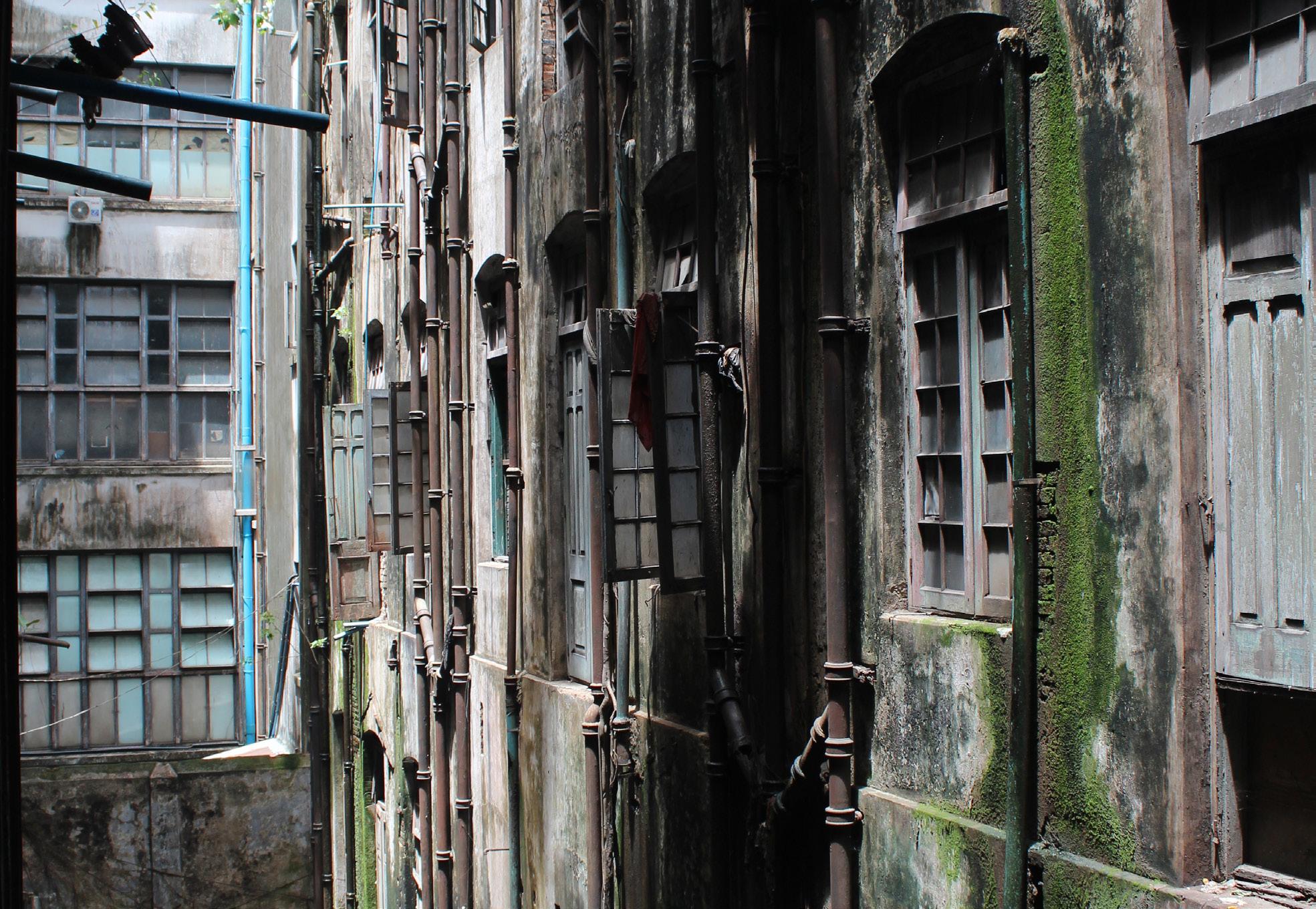
Image 42 - The interior courtyard of residential buildings in Yangon’s CBD show significant weathering
Image 43 - Vegetative growth on facades and poor building maintenance are common in Yangon’s CBD
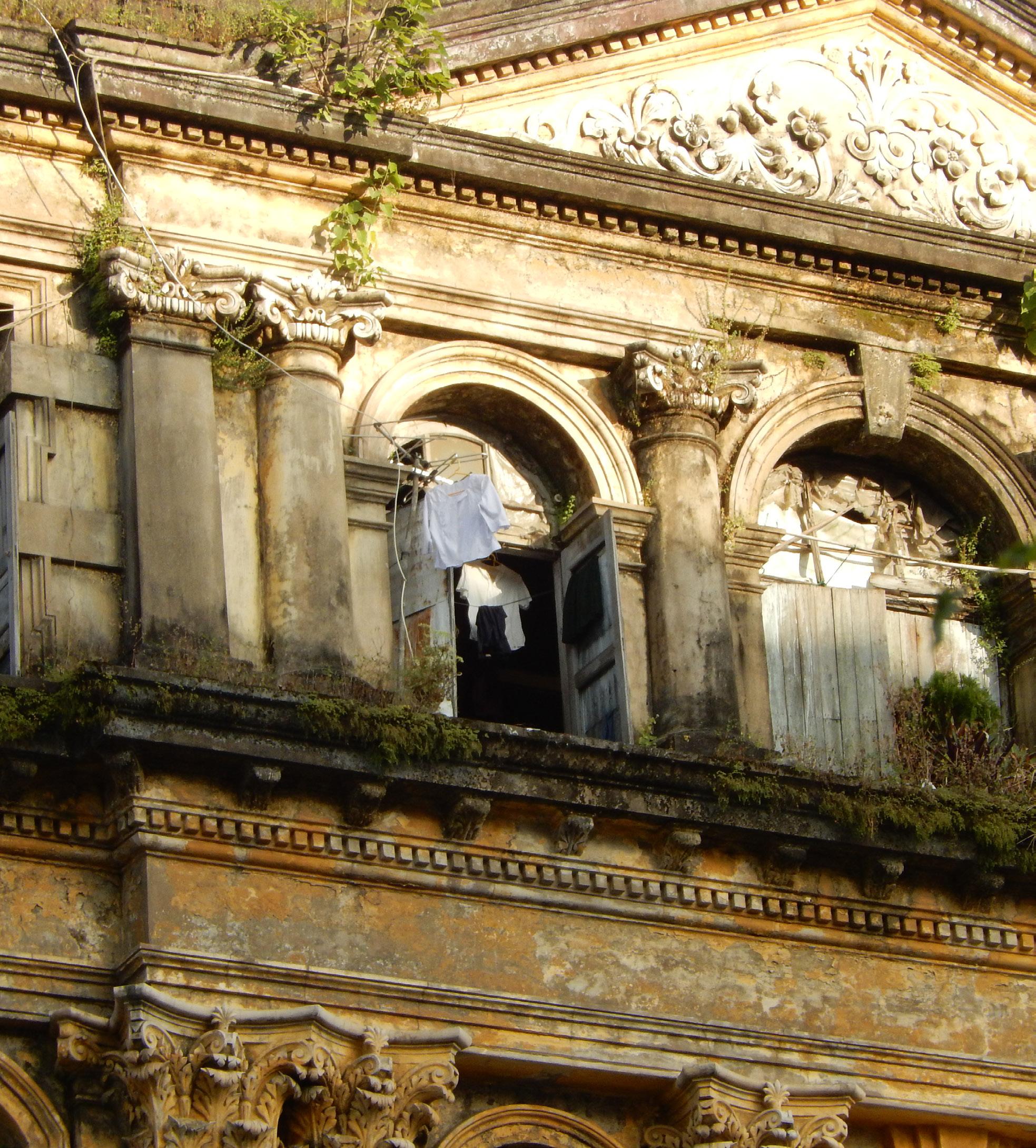
suitable in that population’s own eyes, and in the long run, has led to increasing habitability problems in the housing stock. It is important to recognize that the individual adaptation of apartment units that occurred in Yerevan expressed habitability needs in a cultural, as well as in a technical, sense. Local communities must be consulted in order to define habitability needs, and subsequent governmental oversight is necessary to ensure that the colloquial and basic standards of habitability are maintained.
5.5. Social Capital
Networks, social capital, values and attitudes focus on the prevailing social conventions and relationships, existing hierarchies, and the qualitative dimensions of a community. Social capital itself specifically refers to the resources individuals and communities possess that can be shared, transferred and implemented to improve individual or collective quality of life. It is the way in which people live and support their livelihood within their neighborhood, and the nature of their person-to-person interactions.
Social capital plays an important role in every community and should be clearly understood when rehabilitating a community. It fosters trust among the community, creates a more diverse and accessible job market and enhances the links between community members. A comprehensive and sustainable approach to planning is based on both people and place, as well as the relationship between the two. Planning and development that disregards the role of social capital in community vitality tends to lead to displacement.
Impressions from Site Visit:
Landlords in Yangon have little or no responsibility over the maintenance of the building, and many respondents in the street interviews conducted stated that they manage the maintenance and repairs in their own dwelling units, or hire private labor for larger jobs. This process results in uneven levels of maintenance and safety standards throughout the housing stock. Additionally, many respondents indicated their preference of colonial buildings over modern, new construction, as units in colonial buildings have more desirable design features such as large layouts, high ceilings and high quality construction materials - providing better levels of unit habitability. Some respondents indicated a belief that new buildings are not sturdy and are of poor construction. Street level observation by the team indicated that unit dwellers tend to personalize colonial buildings - painting the facades of their units different colors, dressing the windows uniquely, and using ground floor spaces such as doorways and passageways for commercial use. These vernacular adaptations indicate individual values regarding habitability that should be used to inform future development.
Many theories of economic development emphasize the importance having money and machinery, a healthy and skilled workforce, and technology to create a successful and sustainable economy (World Bank 2014). Within planning theory, however, opinions in the past have been split over where to focus economic development efforts. Some conventions suggest that investment needs to be focused on housing stock and new business acquisition, and some emphasize achieving the value of providing economic and social empowerment through investment in individuals (their skills, opportunities, and personal welfare). At present, research continues to suggest that improving social cohesion and networks can influence economic vitality and sustainable development as much as physical and tangible investment can. In this sense, social capital can be understood as the foundation of a community’s economic prosperity.
Engaging communities in social capital and network building is seen as a vital ingredient in economic development and rehabilitation efforts around the world (Putnam 2001). Increasing social capital in a community fosters trust, lowers costs of basic transactions, and speeds up information exchange between community members. These improvements can eventually result in more successful preservation and development endeavors,

Image 44 - Typical conditions of facades and apartment balconies in Yangon’s CBD
as high levels of social capital mean community members are possess meaningful understanding of the costs and benefits of the development process not only as they will impact themselves, but also others. In this sense, social capital can directly influence the livability of a place (as a reflection of local needs) and is a crucial factor to target when rehabilitating an area. Therefore, a comprehensive and sustainable approach to conservation and development includes both, people- and placebased strategies, meaning that social, economic and physical conditions need to be addressed at the same time. This is the only way to preserve and improve urban communities in a long-term, sustainable way (Maurrasse 2006, 127).
To enhance the social capital of a community, resident input is crucial in order to achieve a deeper understanding of the community’s socio-economic needs. Through surveys, community meetings, interviews and other community engagement tools, the community can have a voice in the change process and develop a stake in its own future, as seen in the case studies of Cairo and Bangkok.
Undertaking improvements to social capital may be a special challenge in Yangon, where transition away from strong centralized political control and censorship is relatively new. Processes of political and economic liberalization are very new, and the application of community engagement tools that are promoted in the Western context might not be appropriate or immediately applicable. A lack of experience with the tools commonly used in community engagement means that such processes may result in overwhelming or ineffective endeavors. Any approach to community engagement should be undertaken with much caution, and with the understanding that valuable results may not immediately arise from consultation or engagement.
Much like Myanmar, countries in the former USSR experienced long phases of economic and political repression in the 20th century, followed by a rapid decentralization of their economies and politics, forever changing the social organization, economic and political development of these places. The challenges of implementing civic engagement processes in these countries of the former USSR provides several lessons for approaching such engagement in Myanmar.
Broadly speaking, political repression produces a climate of mistrust in civil society between both people and public and private organizations. This dynamic often makes people feel like passive “subjects” of a paternalistic state rather than as active, engaged citizens who have the capacity to determine their futures and personal outcomes (Tworzecki 2008, 48). Changing the effects of such repression can be approached through civic education and incremental engagement in order to create a new understanding of the value of a cohesive, trusting civic society. The experience of former countries of the USSR suggests that once repressive conditions are removed, deficits in civic participation can be expected to lessen over time (Pop-Elches 2012, 64). Furthermore, studies indicate that in countries of the former USSR, social capital plays a significant role in how people attain information and resources, in addition to formal institutions of state and market resources (Rose et al. 1997, 94). When problems occur, the majority of people rely upon informal networks of friends and family for solutions. Creating a more trusting, connected and open society should start with the development of a social capital base by organizing social support from organized institutions and groups, both formally and informally. Social connectedness developed through these strategies can result in social trust, which can encourage the civic engagement needed for clear communication between constituents and governments (Rose et al. 1997, 86).
An example of successful community engagement and establishment of valuable social capital can be seen Cairo, Egypt, where in 2004 the Aga Khan Trust for Culture started a comprehensive effort to redevelop Cairo’s Historic District. The Trust was very concerned with stimulating rehabilitation of a deteriorating district without displacing residents, and did so by providing residents with a direct stake in the future of their community beyond its physical trappings. This was done by facilitating the creation of viable businesses in the district through the provision of microcredit loans and providing property owners with resources to restore deteriorating homes, for example. The Trust uses local community engagement as a cornerstone in all of its redevelopment projects, by working with local residents to identify priorities for their community and then taking practical steps to address these needs. For example, the Trust used extensive surveys and conducted community meetings to determine the local populations’ socioeconomic needs and desires, and thus allowed the
community to determine its own development priorities (AKTC 2005).
Higher levels of social capital in a community can improve safety, and can be important substitutes when formal safety networks are absent, since social capital tends to be accompanied by trust within the community. High levels of social capital can establish shared values and collectively accepted behavioral norms, and increase business opportunities by providing informal access to credit. It also has the potential to improve the quality of education and the accessibility of health services (World Bank, 2004).
One cautionary note: Even though building up social capital in a community primarily results in positive impacts on the community, it can also result in negative outcomes. The same social networks that tie together a community can also exclude outsiders. Especially for people moving into a new neighborhood, where strong and high levels of social capital exist, it is oftentimes hard to connect, and make friends or the kind of relationships that lead to jobs. When social networks are very tight and inwardly focused, inflexible social norms and traditions may be enforced in a way that is harmful to community members that don’t conform.
5.6. Vulnerability
Vulnerability is the inequality of opportunity for individuals to influence their own social, economic, or political circumstances. Furthermore, a vulnerable group may not be able to cope well with Impressions from Site Visit:
Residents and business owners reported in interviews that there is strong social capital in Yangon’s CBD. Many of the interview respondents indicated that the perceived value of this network was a motivating factor to move to and remain in the CBD. From these interviews, the team was given the impression that each street block functions as a unique, tightlyknit social and economic community. Some respondents declined to answer specific questions related to their participation in social groups and political organizations, though many disclosed that they have religious affiliations, participate in religious organizations, and socialize in religious spaces (such as temples and pagodas).
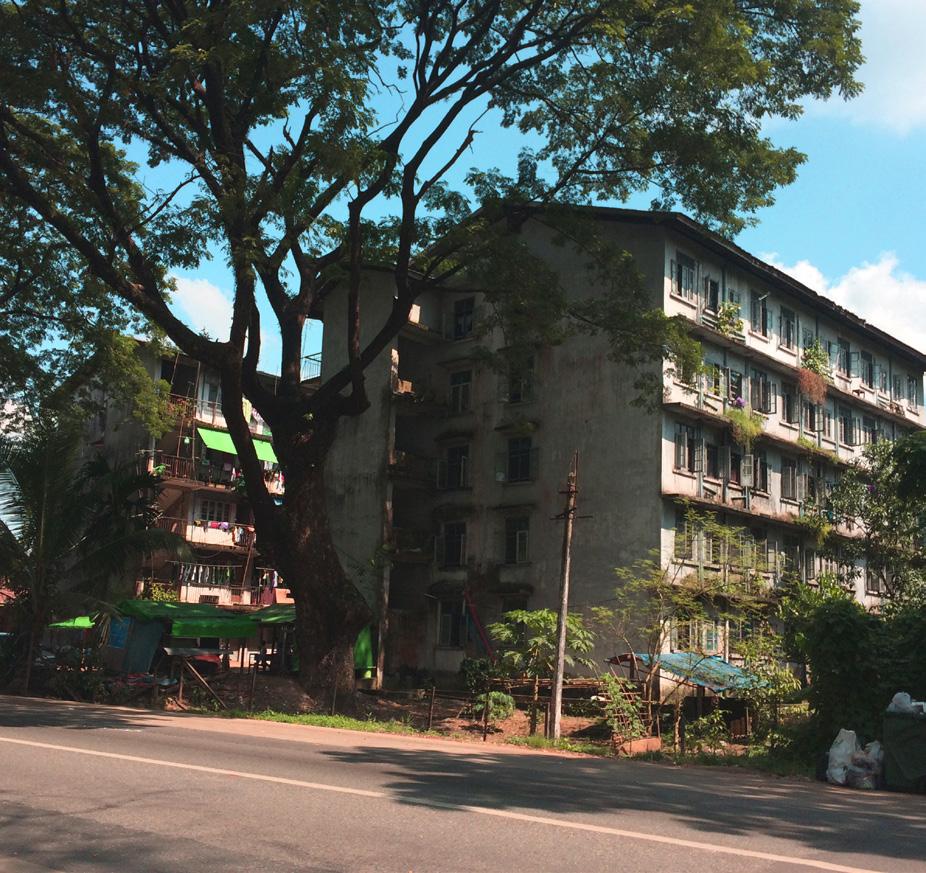
Image 45 - Apartment buildings on the outskirts of Yangon’s CBD Image 46 - Strong social networks are visible through the active street life in Yangon’s CBD

changes occurring within its neighborhood. Due to personal circumstances outside of their control - such as ethnicity, religious affiliations, disabilities, gender, age, and income - some individuals do not experience inclusion in decision-making processes within their communities, and their needs and desires may not be given adequate consideration.
If public policy fails to take into account those residents who are the most vulnerable, it becomes more difficult for those residents to establish themselves within society. When political change, economic decline or growth, or environmental disasters occur, the most vulnerable are affected the most negatively, as they lack both the tangible and conceptual resources to adapt. Therefore, any efforts to improve transparency, protect housing rights, or enhance a community’s social capital should also afford poor and otherwise disadvantaged residents
the educational and financial opportunities they need to benefit from those improvements.
In order to adjust development approaches to reflect different types of vulnerability within their jurisdictions, municipalities should conduct demographic assessments regularly, not just through the census but through community surveys.. A transfer of power from centralized to local entities often gives better representation to local minority groups. Finally, the provision of loans, or subsidization of private loans, to vulnerable residents at a very low interest rate is a way of providing people with a means to adapt to change. Community assessment, localized governance, and financing tools will be discussed as strategies for mitigating displacement during change in the section 6 of this report.
Since independence was established from the British, the government of Myanmar distinguished Burmese from non-Burmese citizens by limiting the capacity of non-Burmese religious groups to meet and practice publicly (Than Nwe 1998, 104). Although Yangon hosts dozens of ethnicities and several large immigrant groups, political power and economic freedoms are not distributed evenly among its population, which in turn has made some groups more vulnerable than others and despite recent political liberalization, unequal treatment of some social groups still occurs in Yangon.
As a result, some individuals are disadvantaged in seeking job opportunities, financial credit, and legal aid. The case study of Havana (see
Image 47 - Water transportation operators represent a unique labor market in Yangon’s CBD

Appendix A, Case 6) provides a useful example how implementing a heritage conservation project can benefit vulnerable residents. When the local government implemented a development plan for Old Havana - a historic colonial port district in the city - they first determined which residents were most reliant on the existing community services to support their day-to-day lives (i.e., healthcare services, public transit, and social assistance). As development occurred, the government raised certain taxes and fees and used their increased tax revenues to fund adaptive reuses of heritage buildings for social uses tailored to specific needs of surveyed population groups, such as senior citizens’ homes and vocational schools for young adults (Bailey 2008, 1090).
Ensuring that government policies give all citizen groups equal legal standing, and access to resources, is a means to mitigate both vulnerability and displacement and can help to prevent Yangon from losing the cultural diversity that is an important part of its heritage. Impressions from Site Visit: Through street observation and discussion with interview respondents, the team noticed palpable differences between different groups within the CBD - In particular, the team perceived reticence from the Indo-Burmese community, as well as many women, to participant in street interviews. This may indicate that these groups should be considered vulnerable within the CBD, and be given particular attention during future efforts to survey and engage the community. Additionally, respondents generally did not choose to discuss of how they feel current political and economic changes in the CBD might impact their own vulnerability.
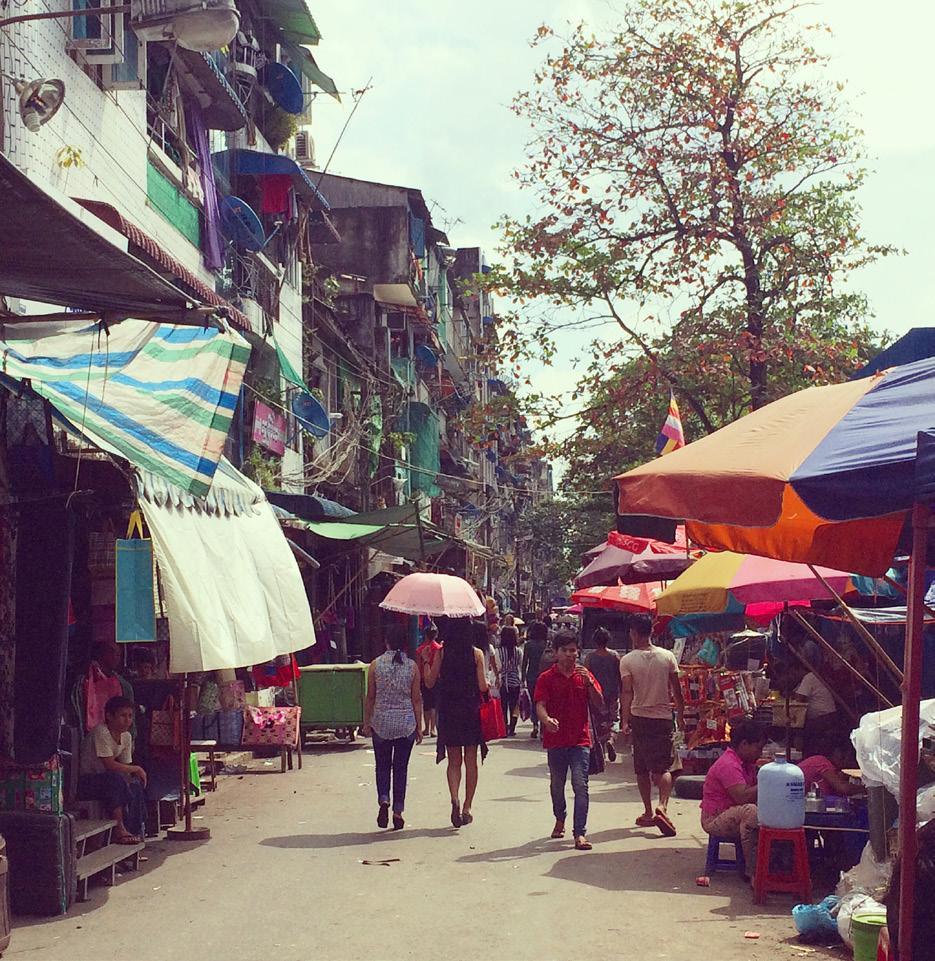
Image 48 - Vibrant street level retail represents a significant portion of the local economy in the CBD Image 49 - Large crowds line up to enter Yangon’s City Hall
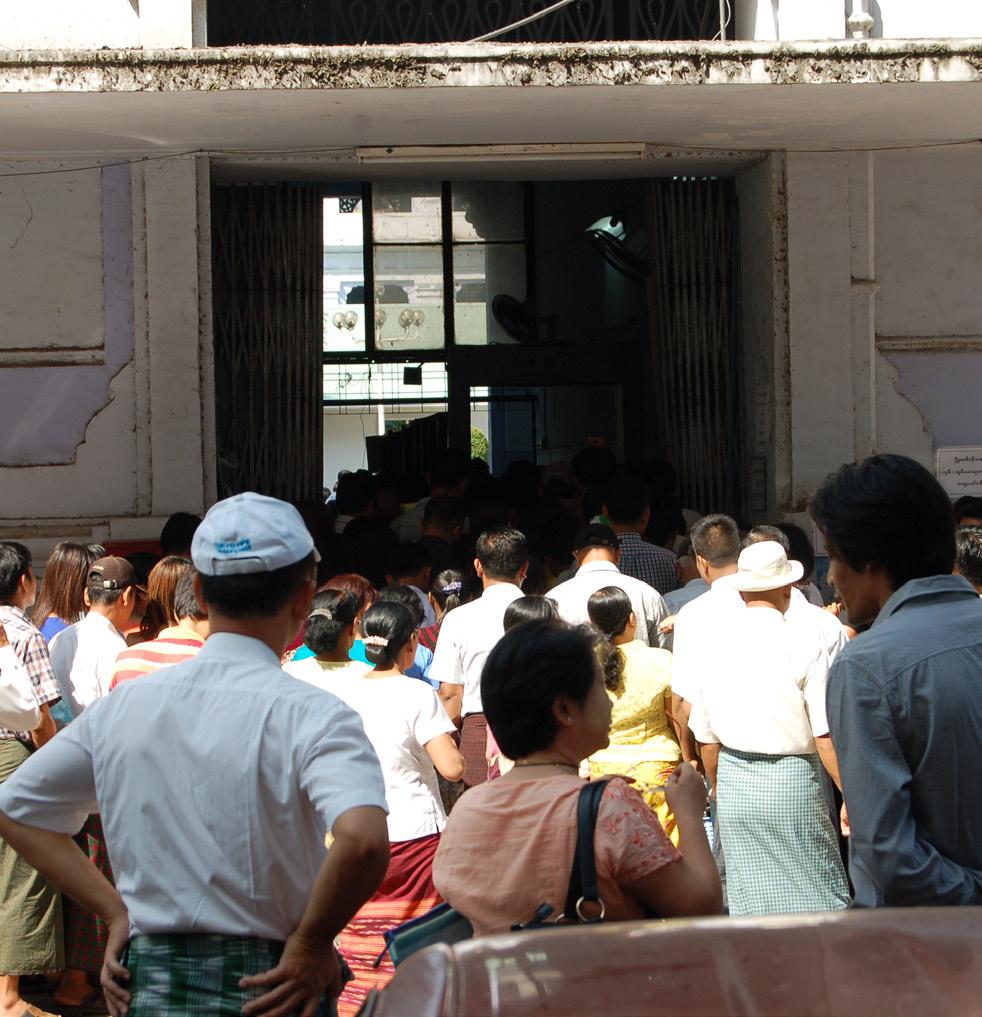
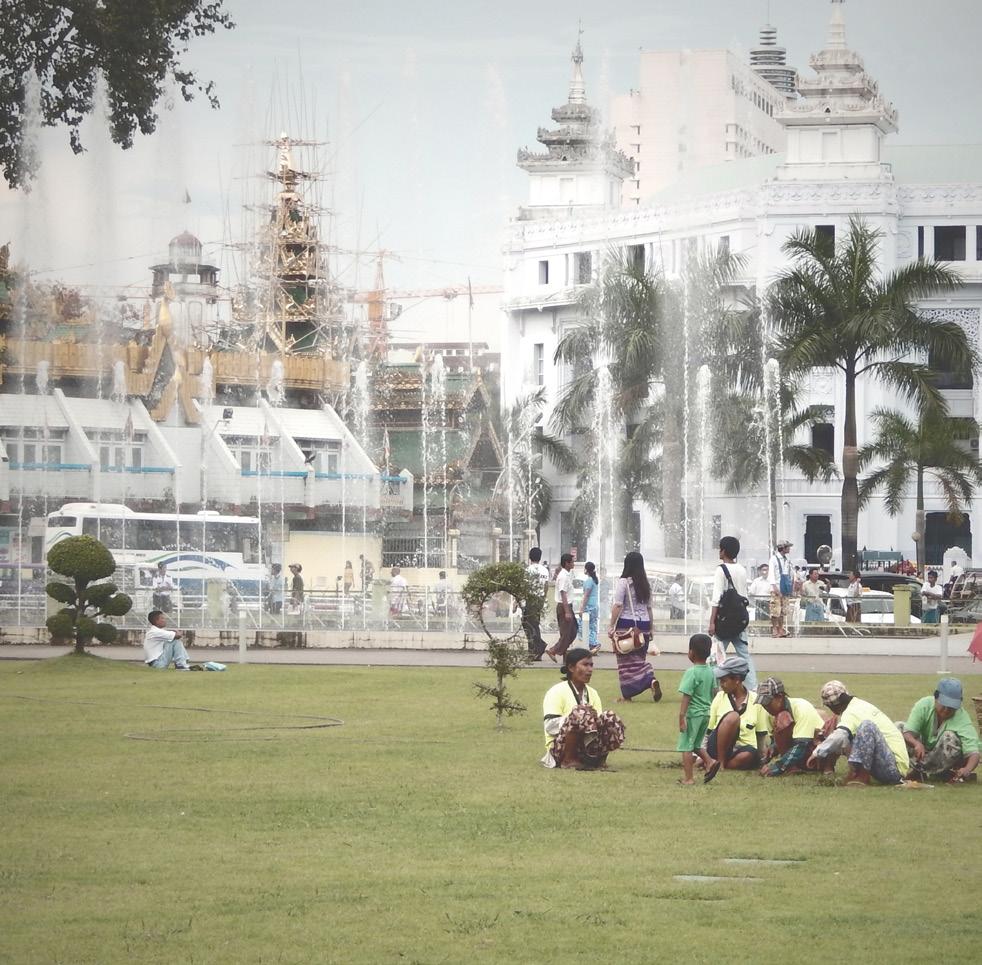
Image 50 - The view of Sule Pagoda and Yangon City Hall from Maha Bandula Park





